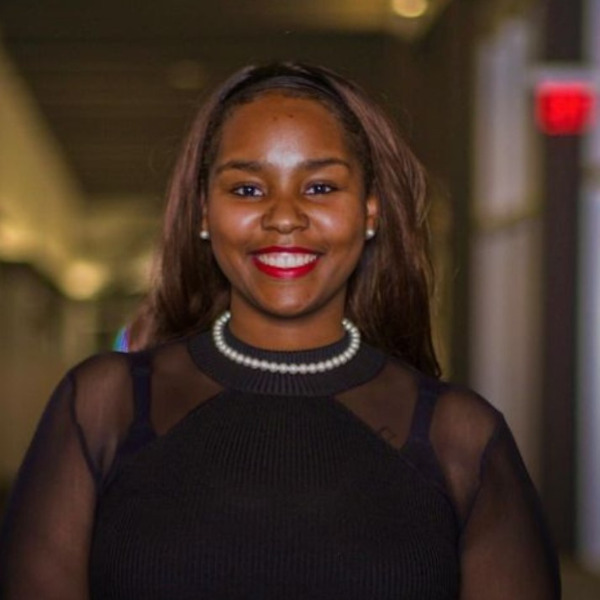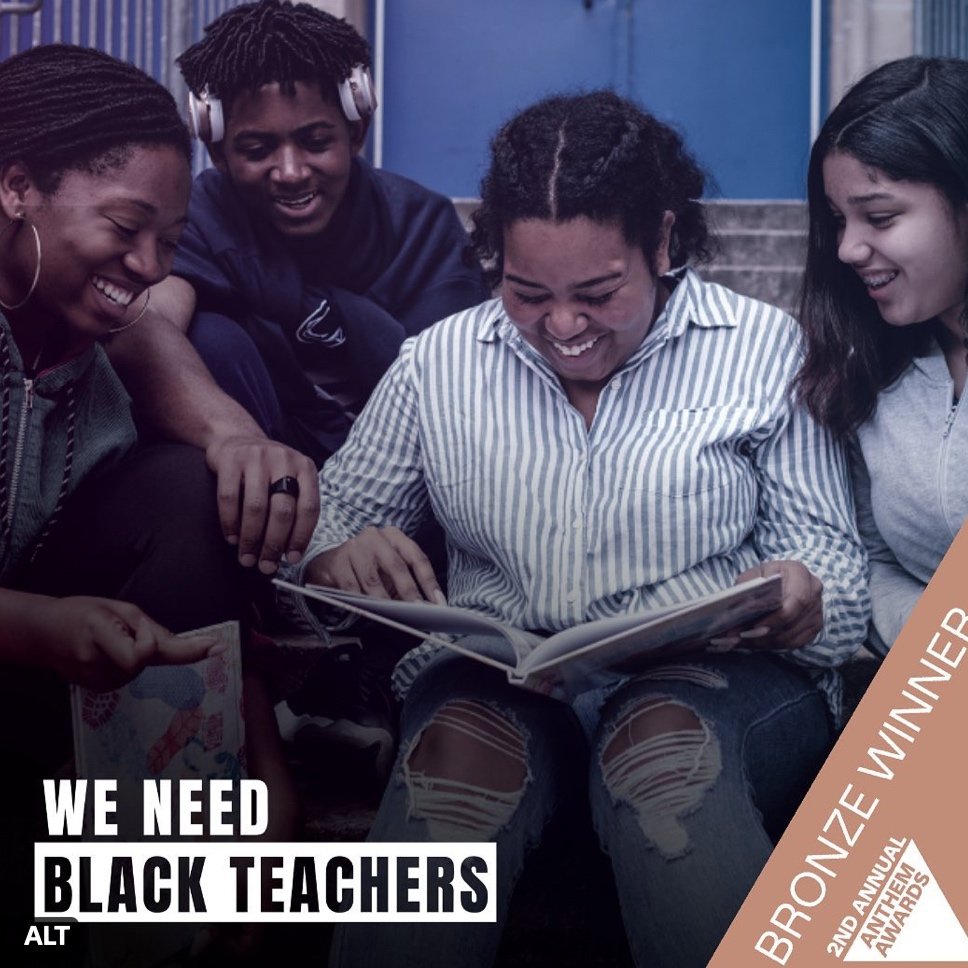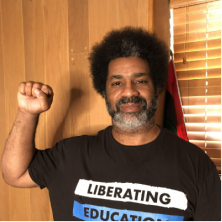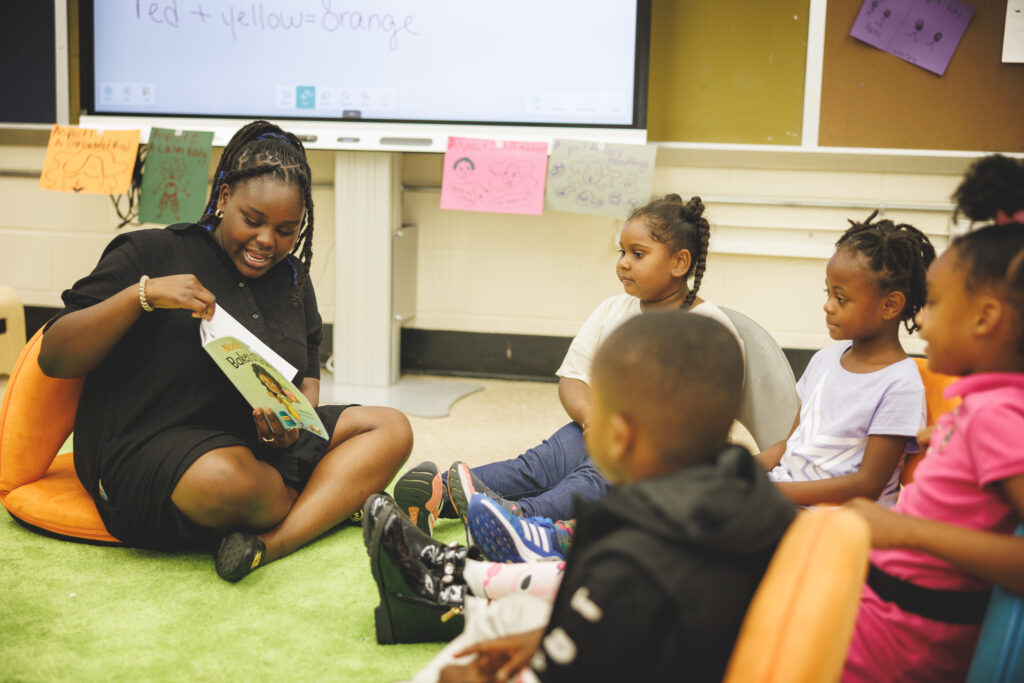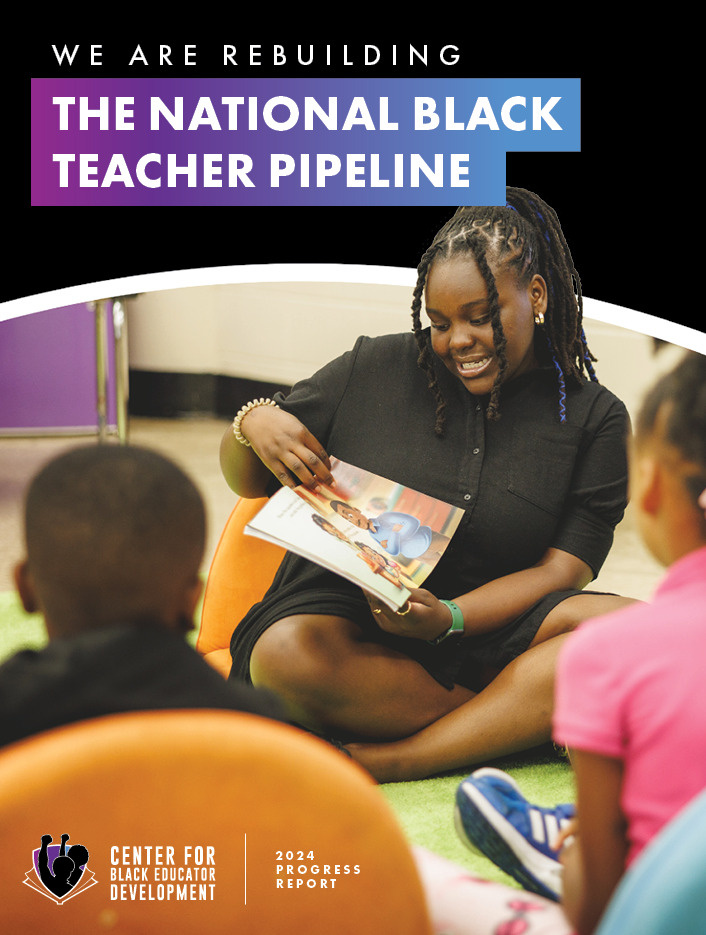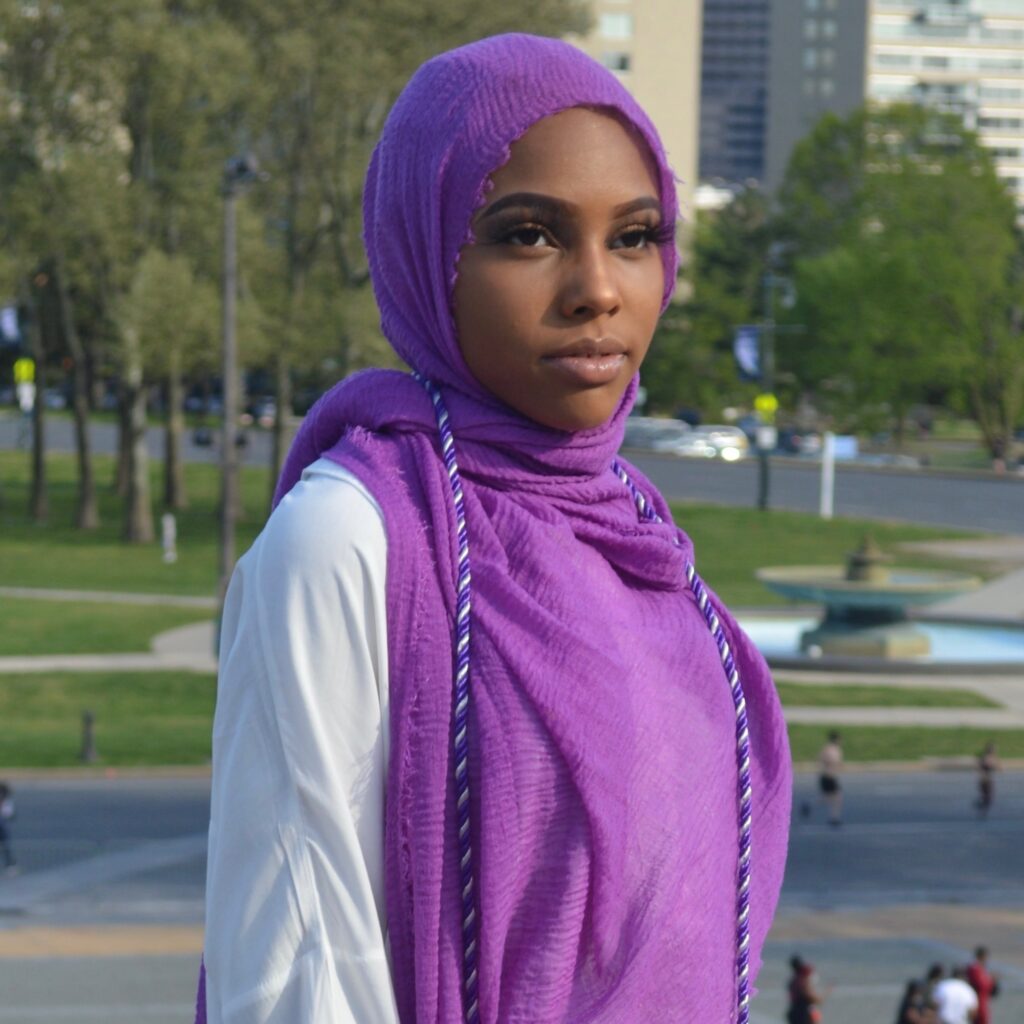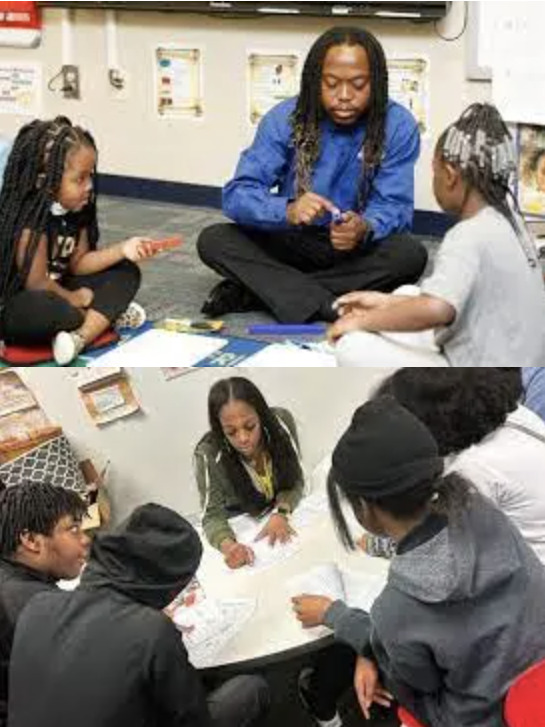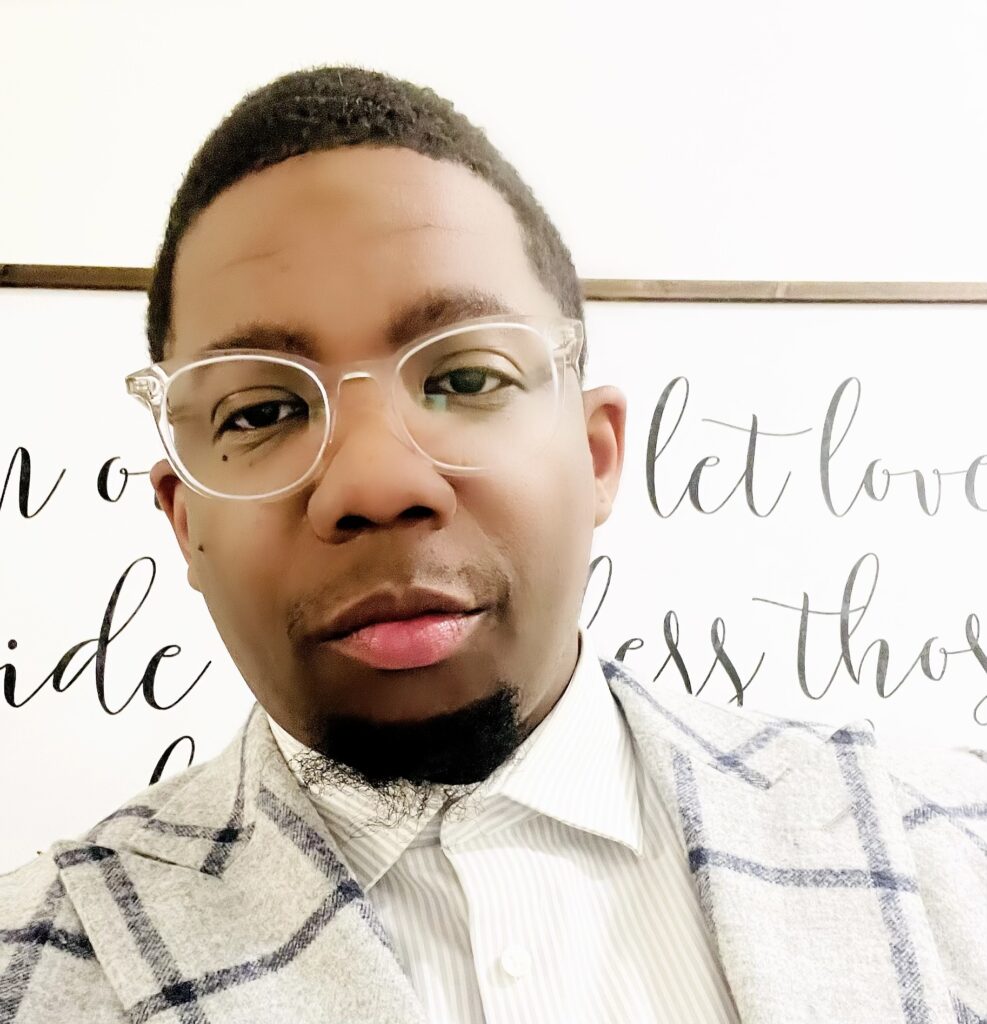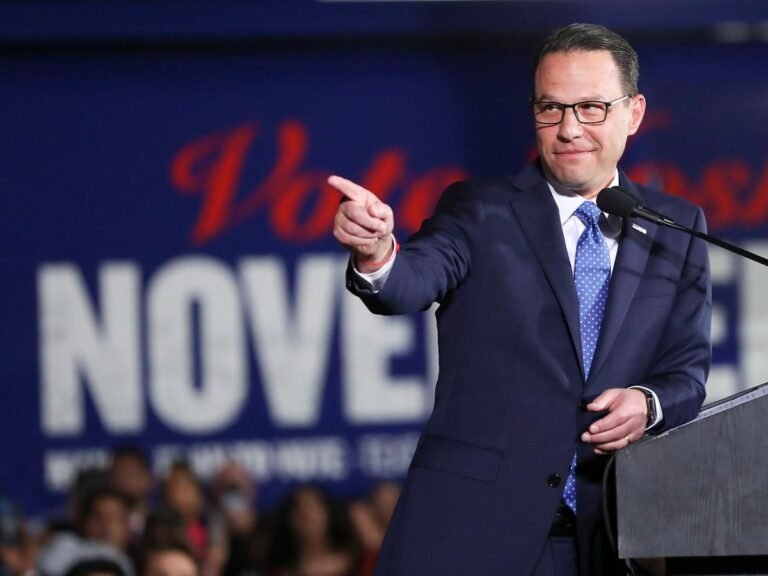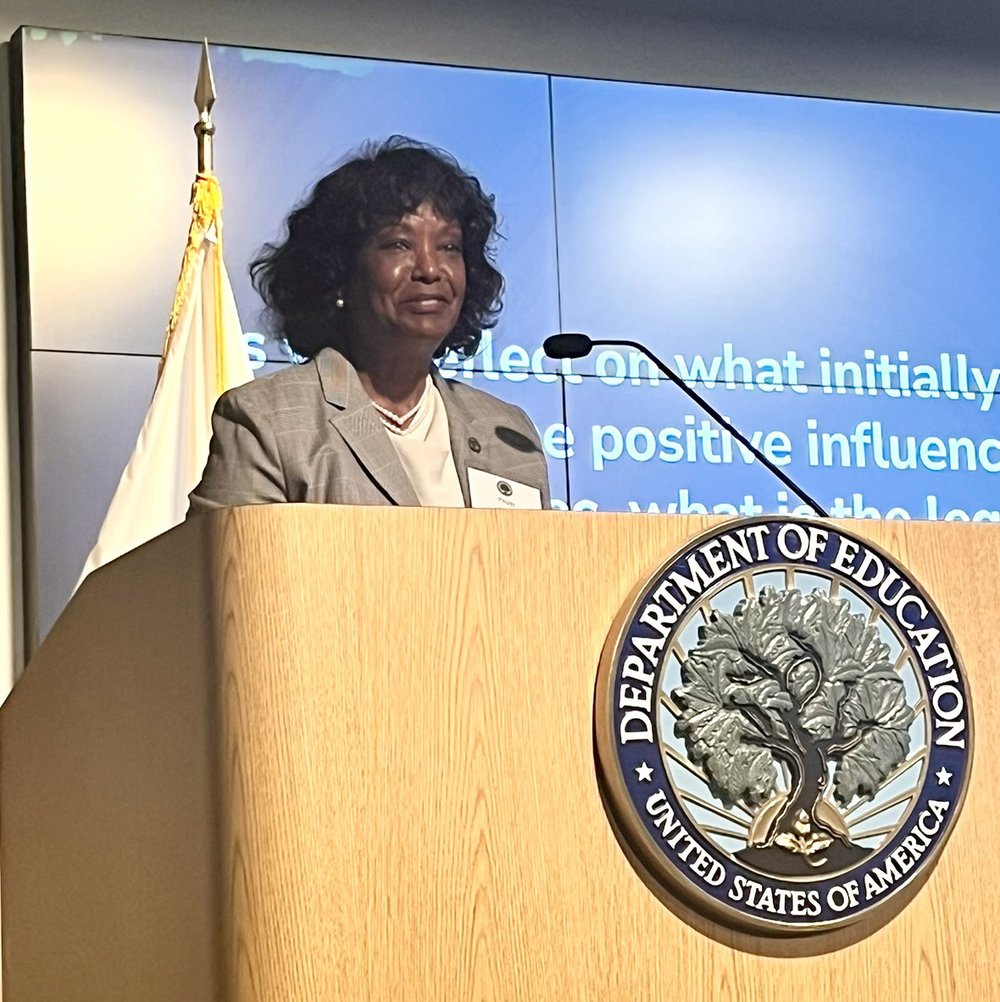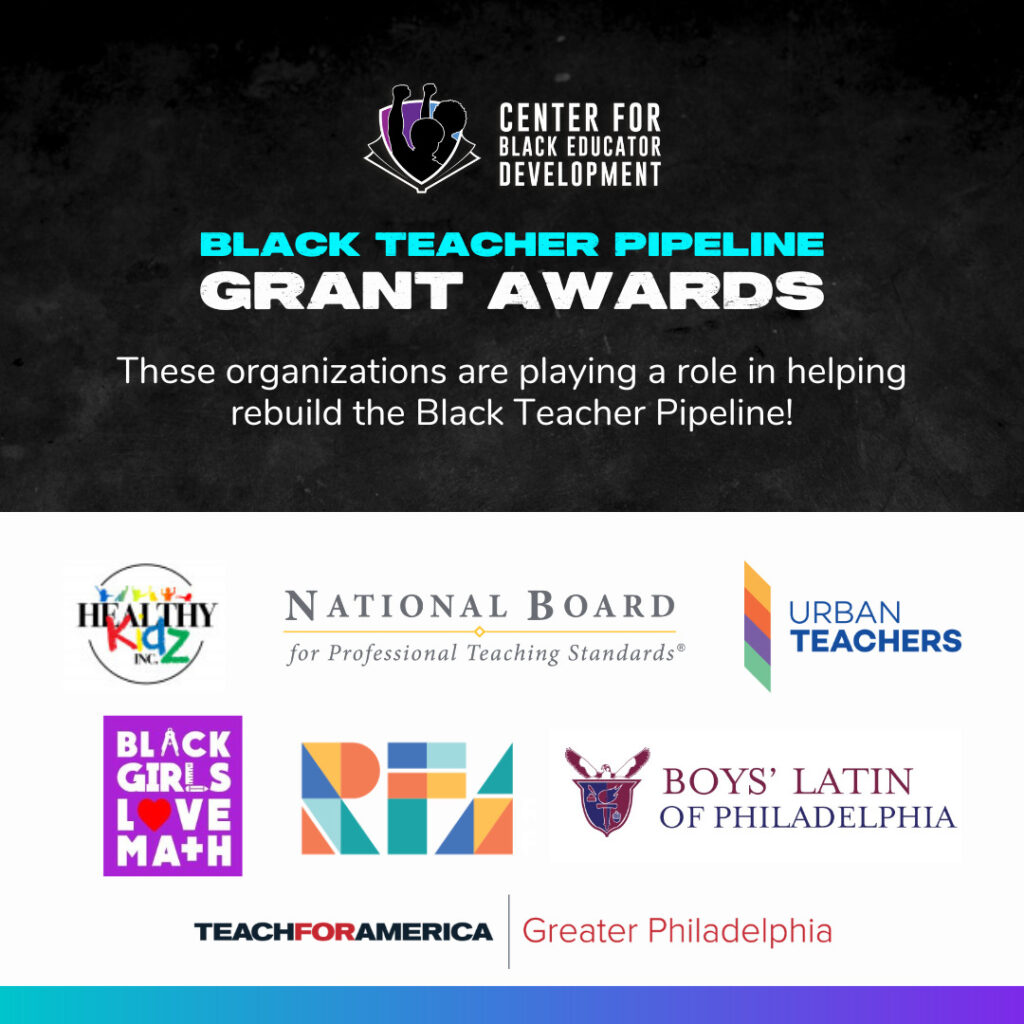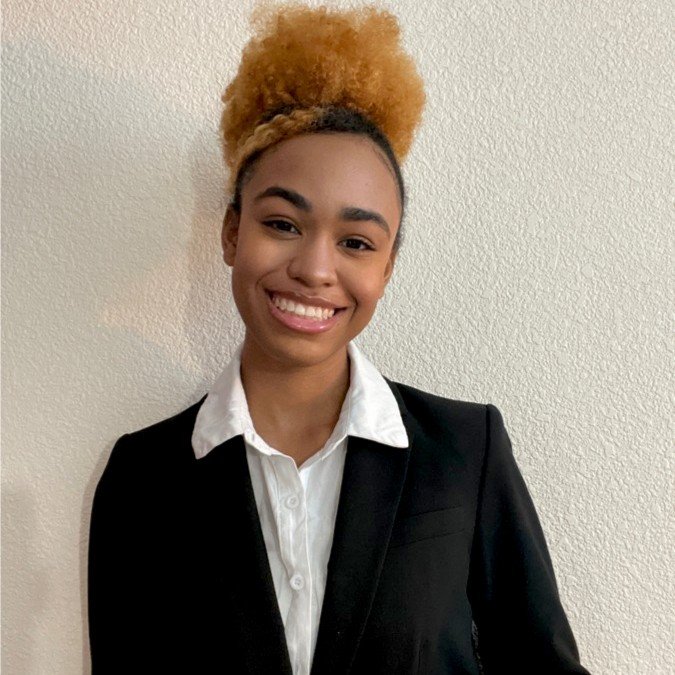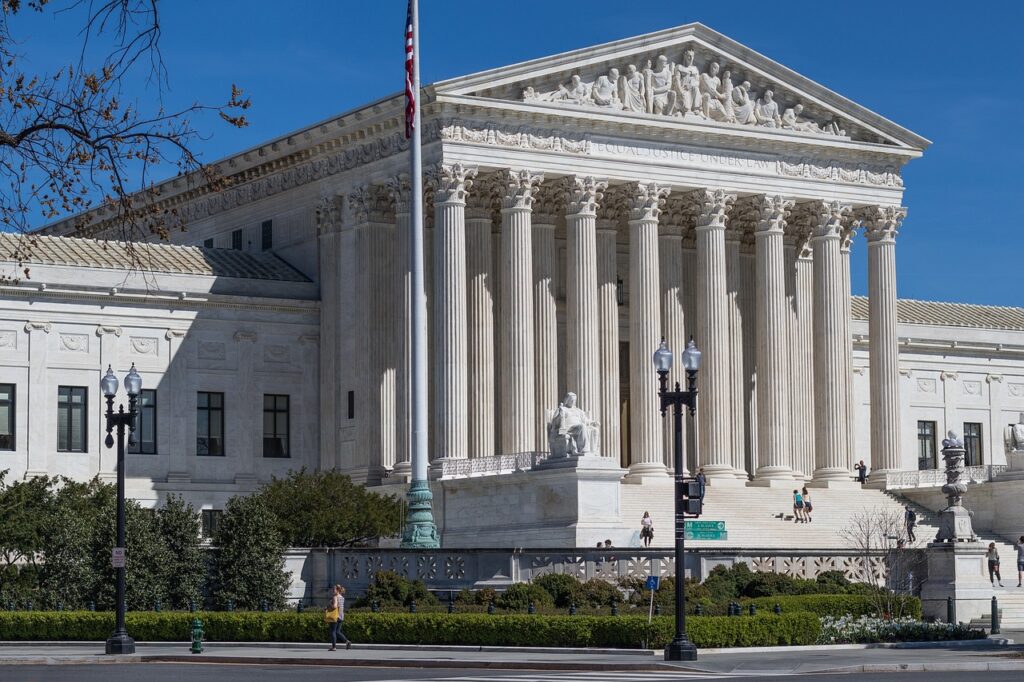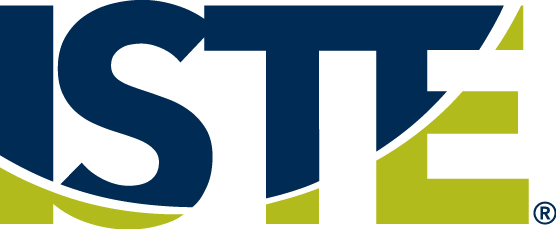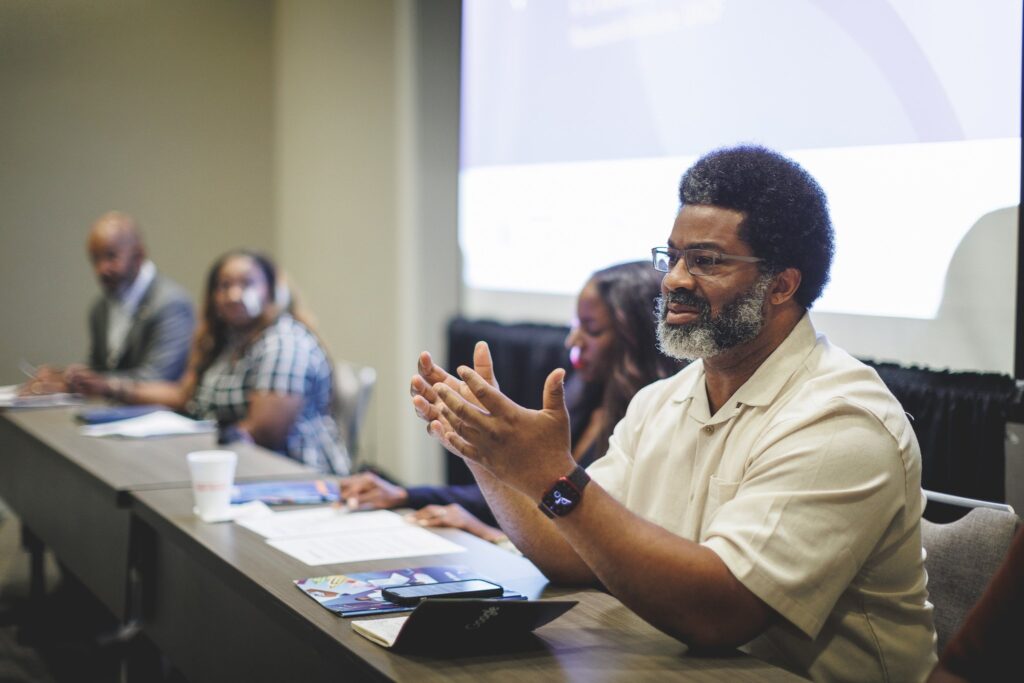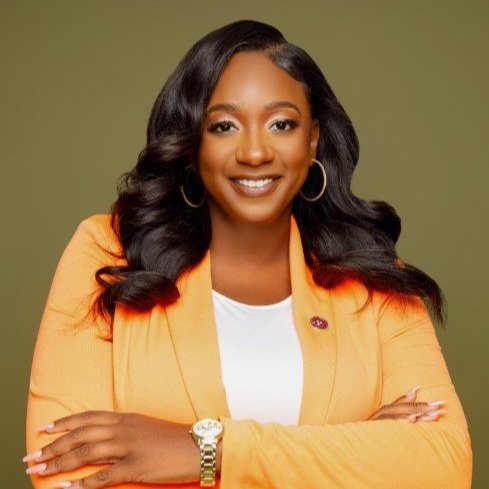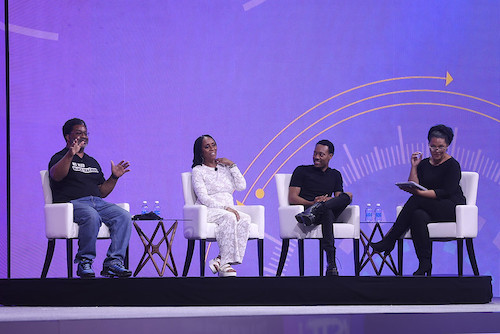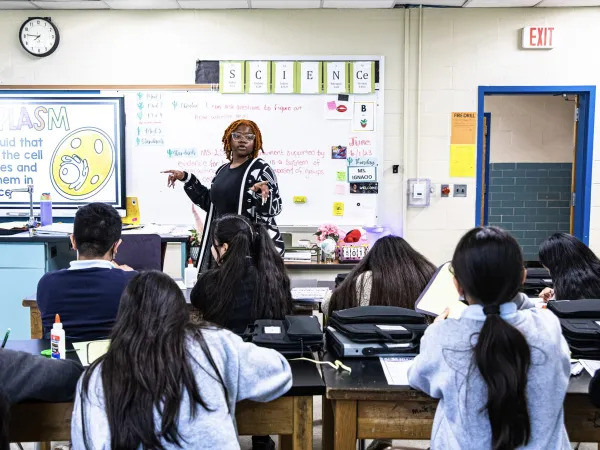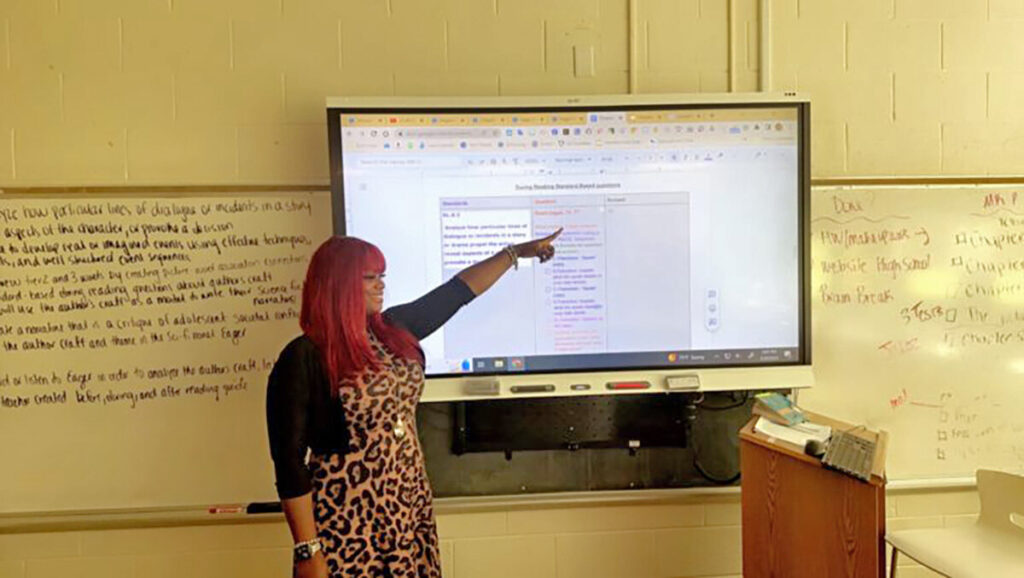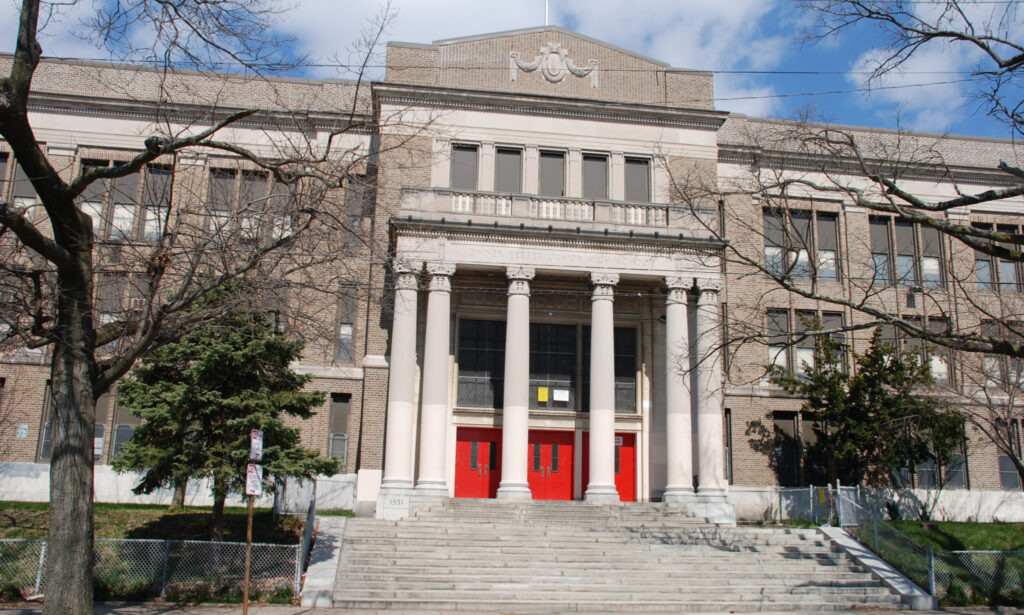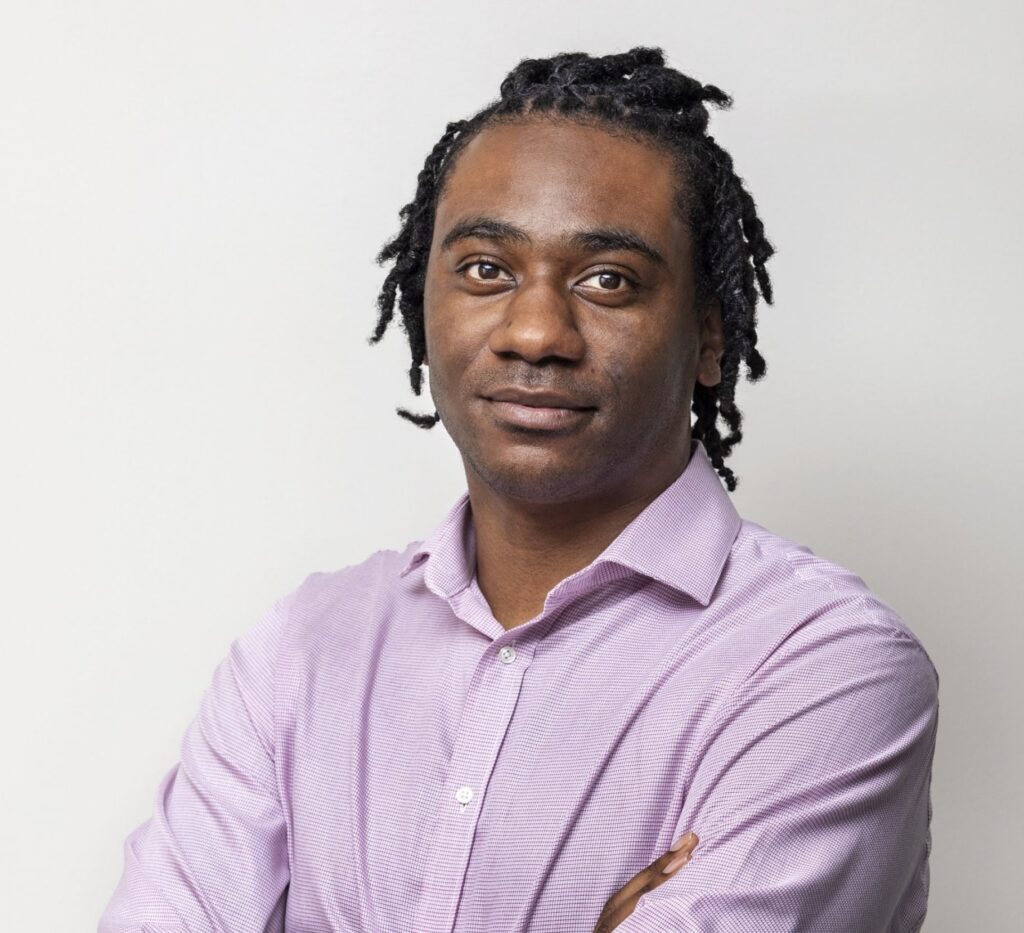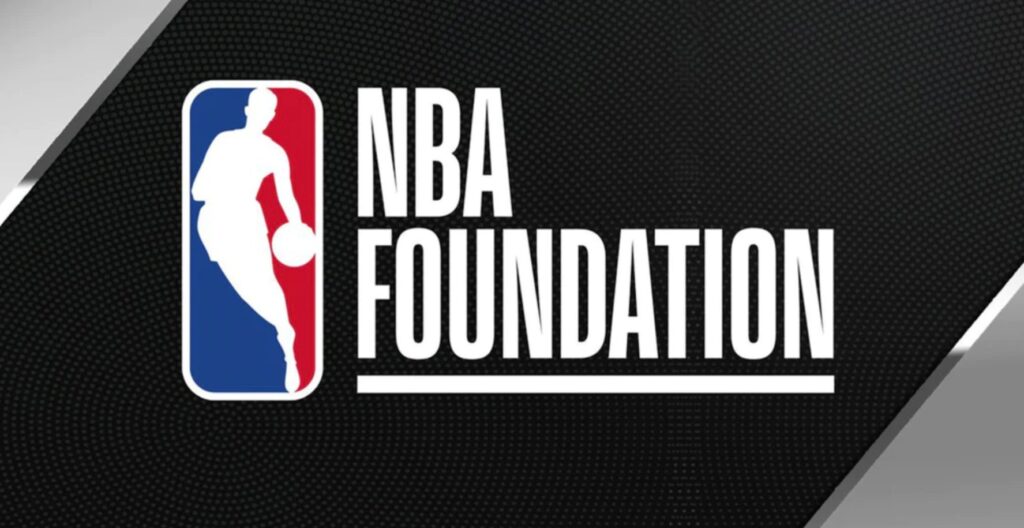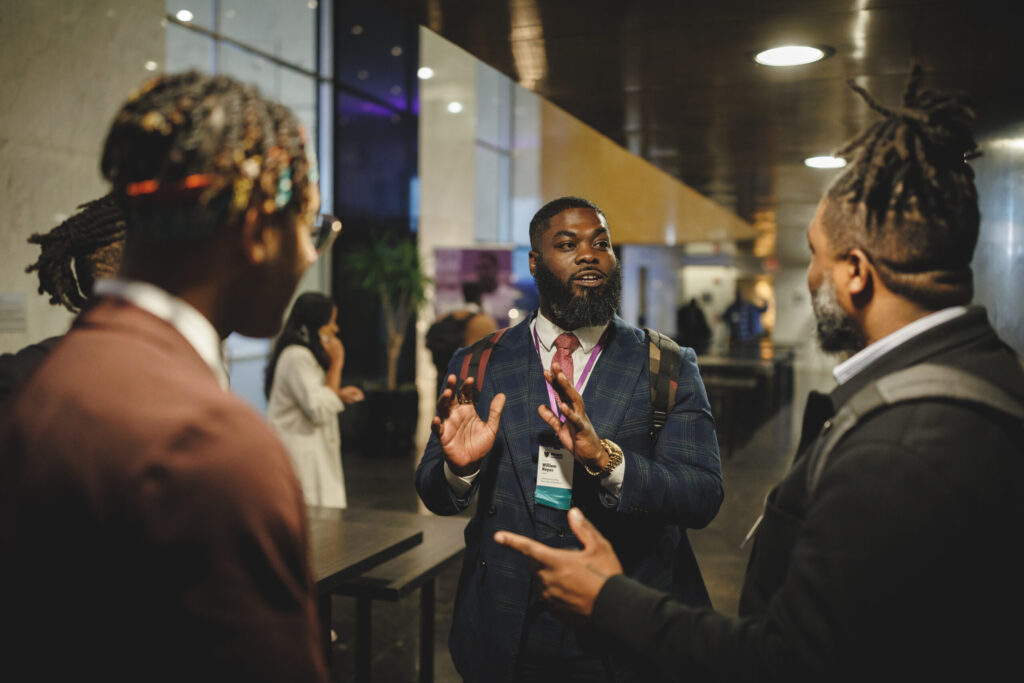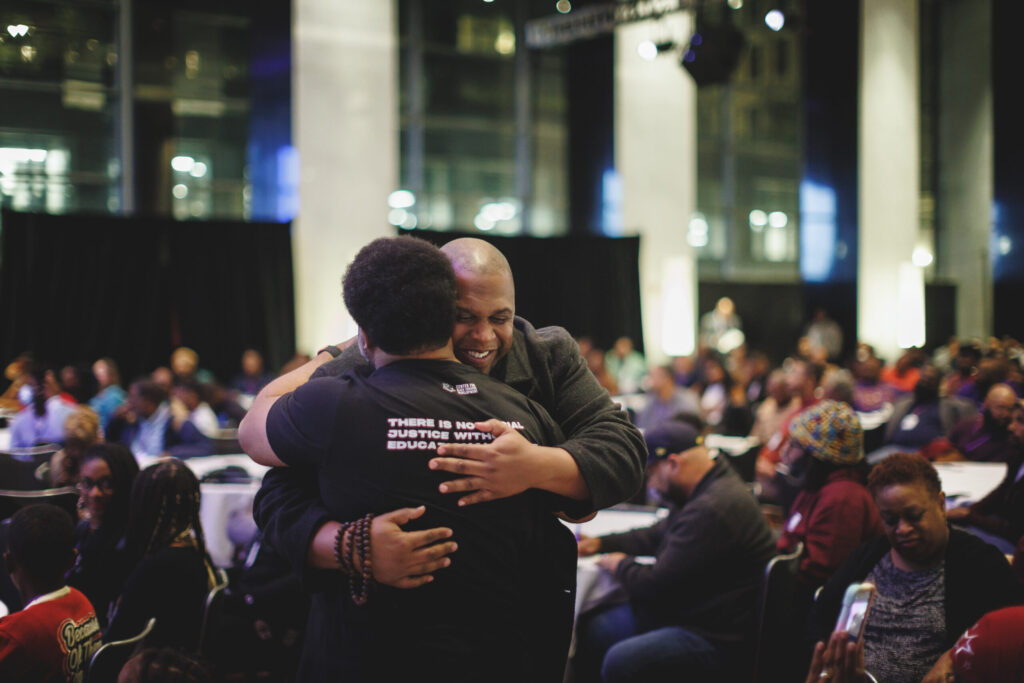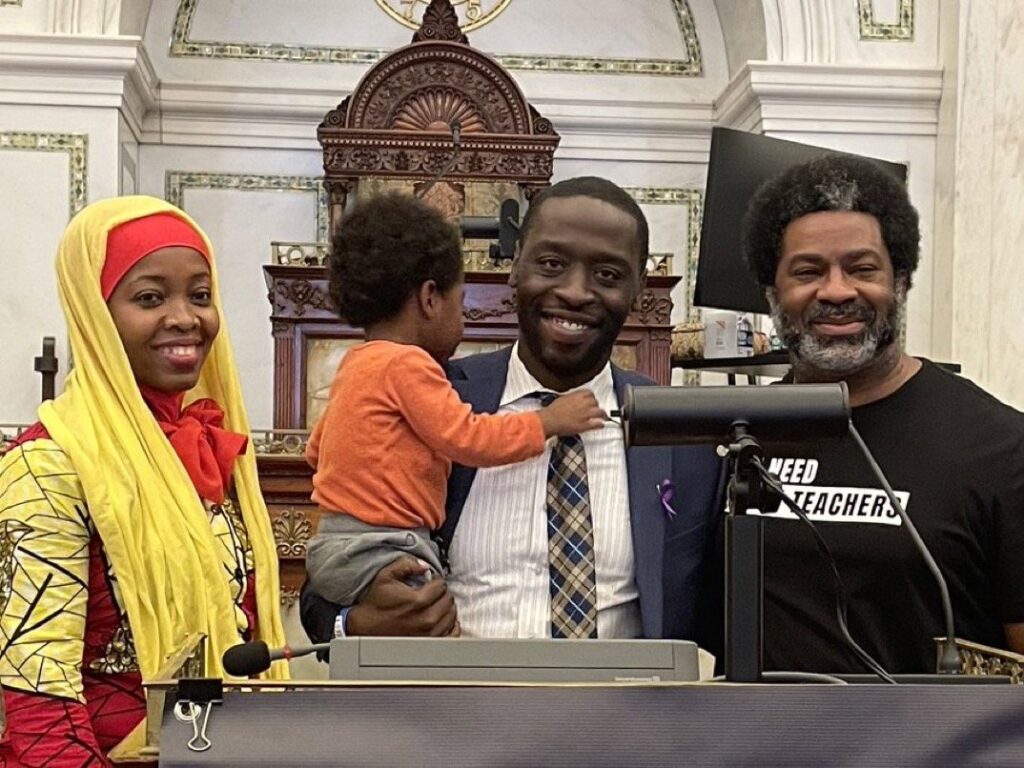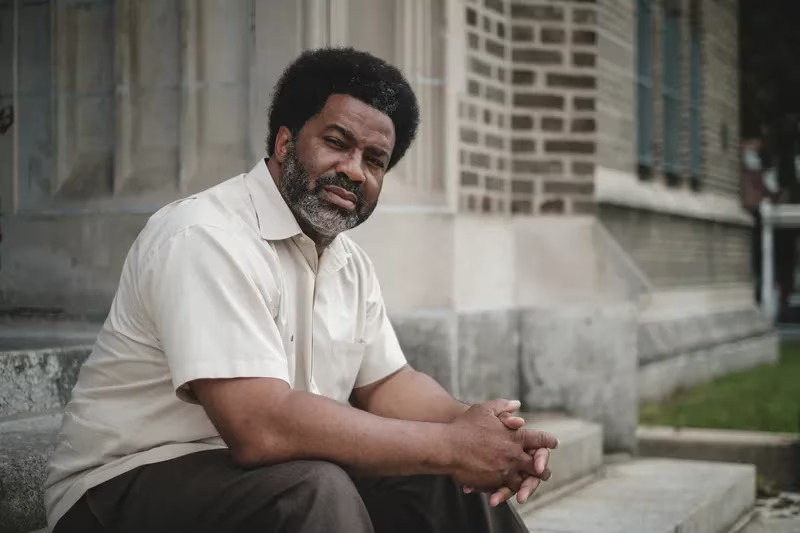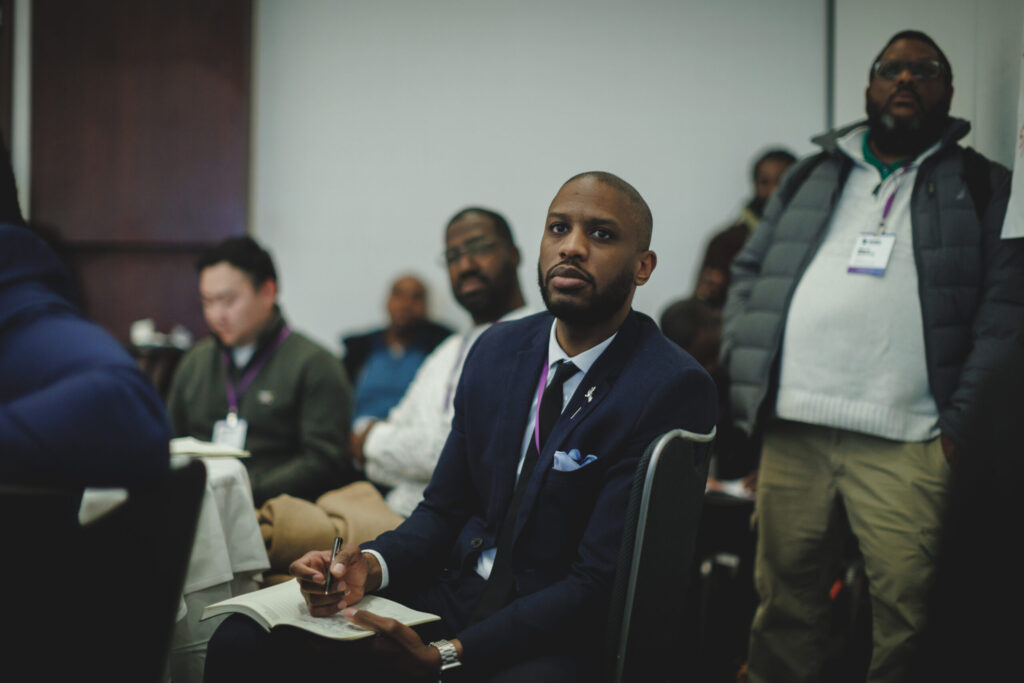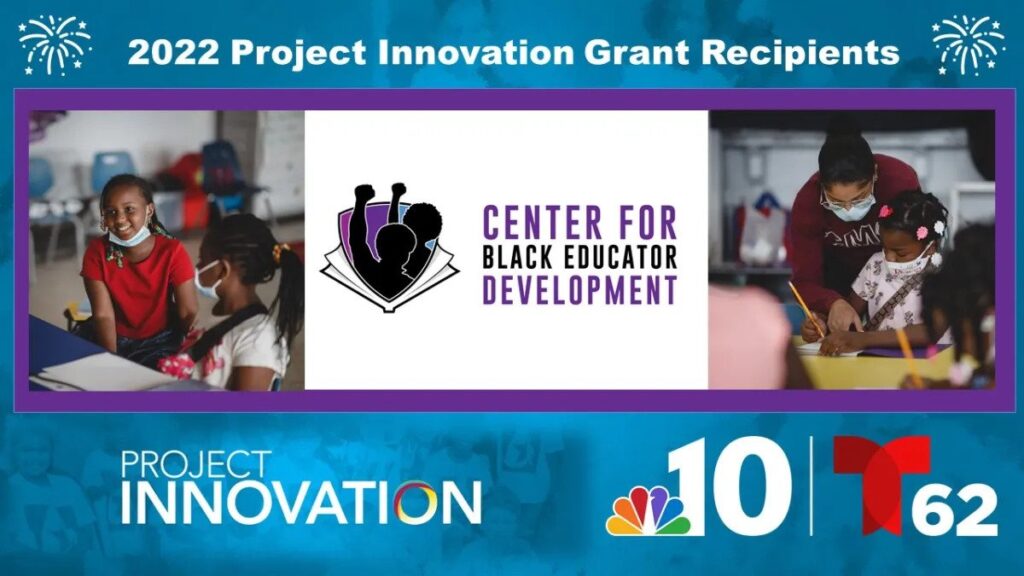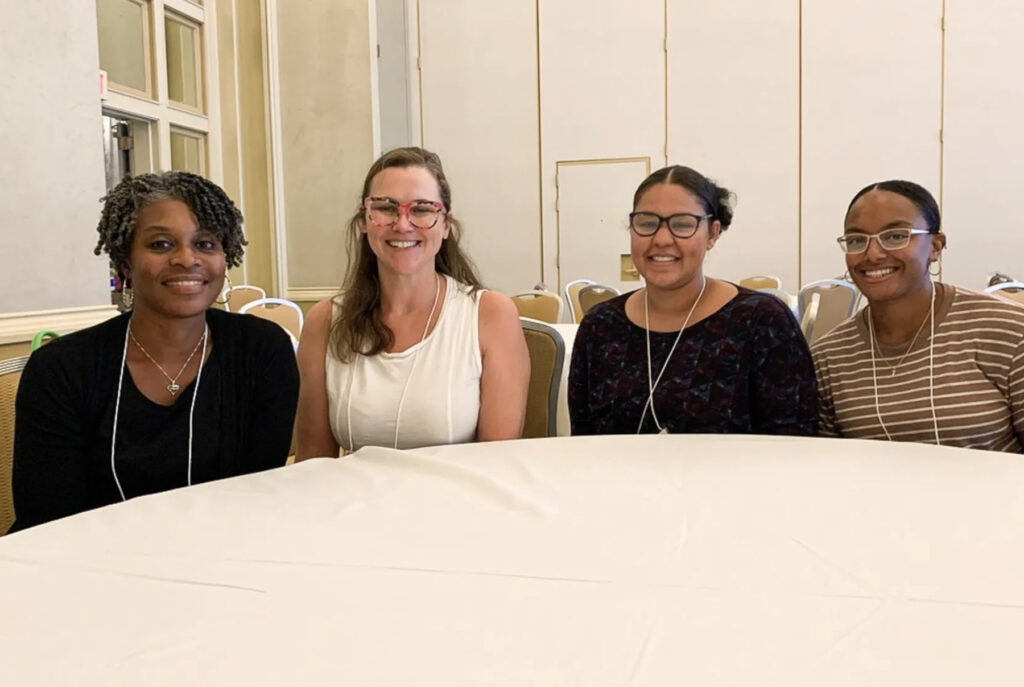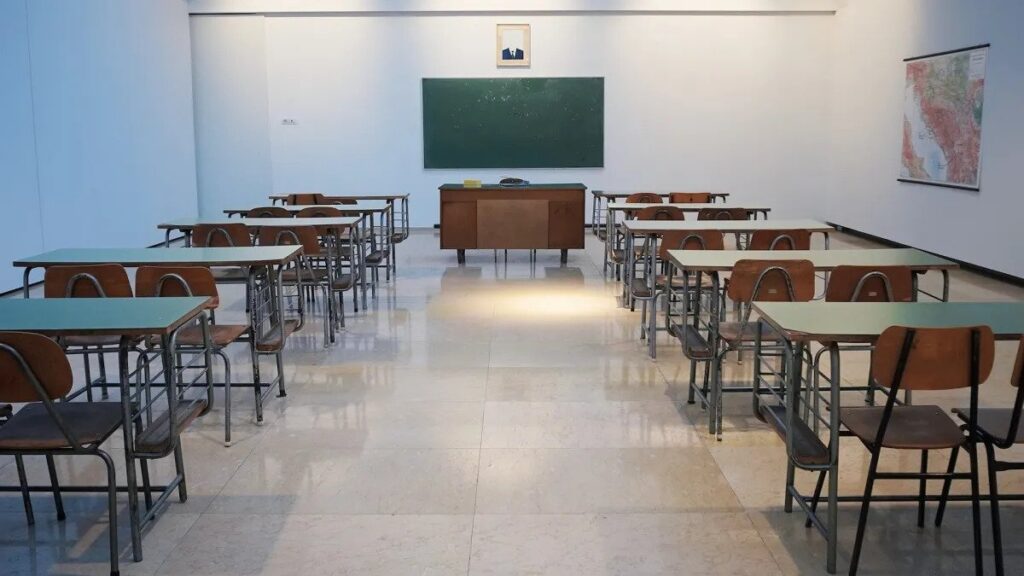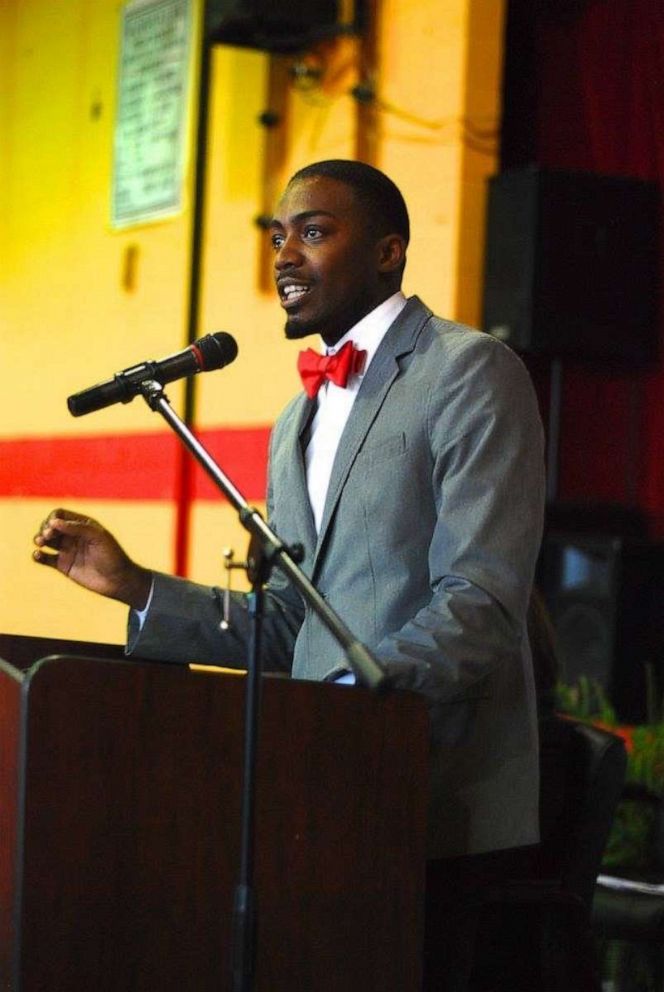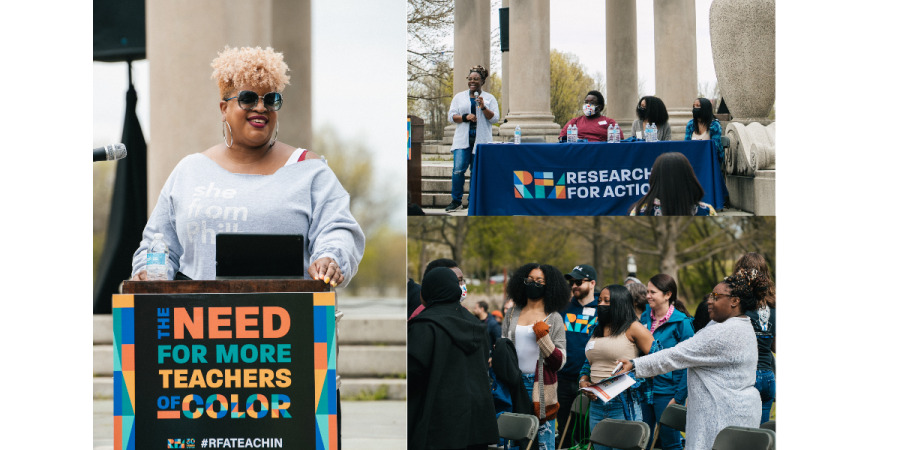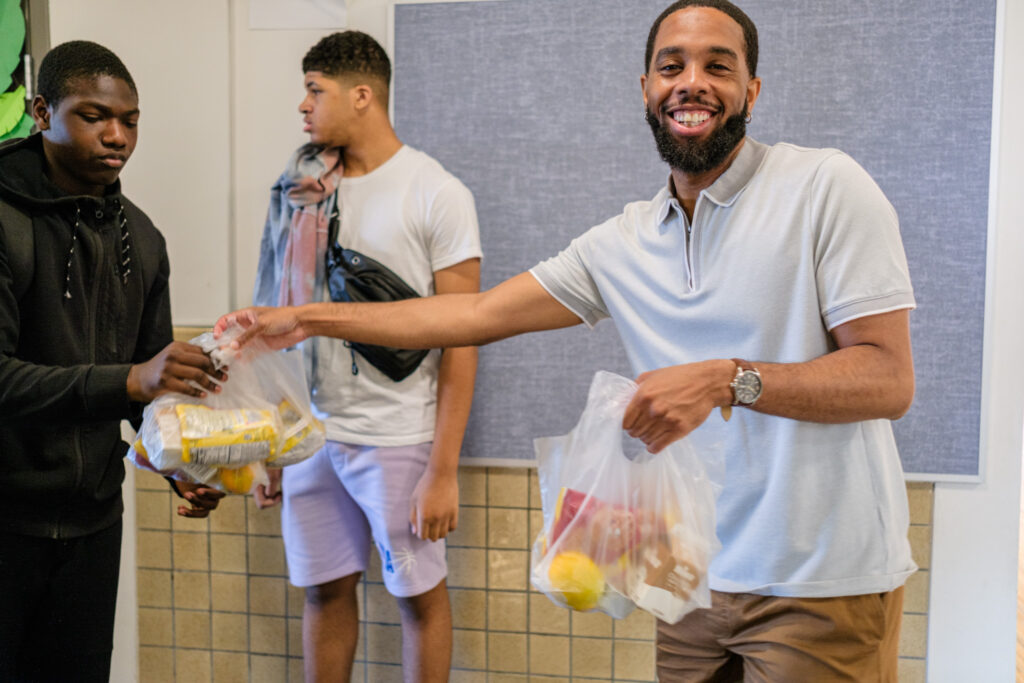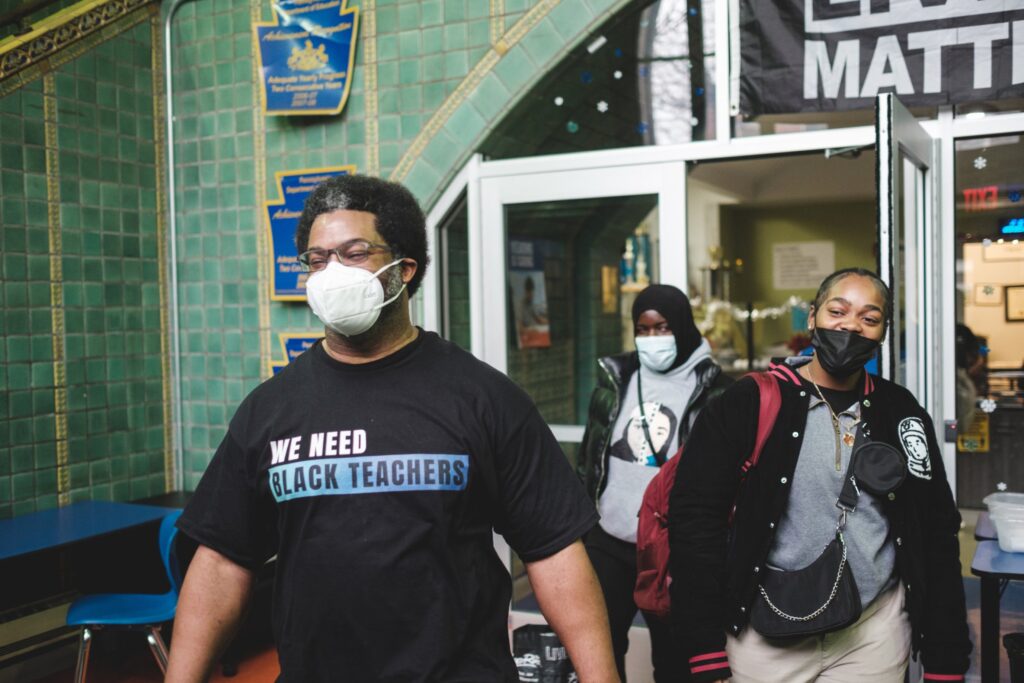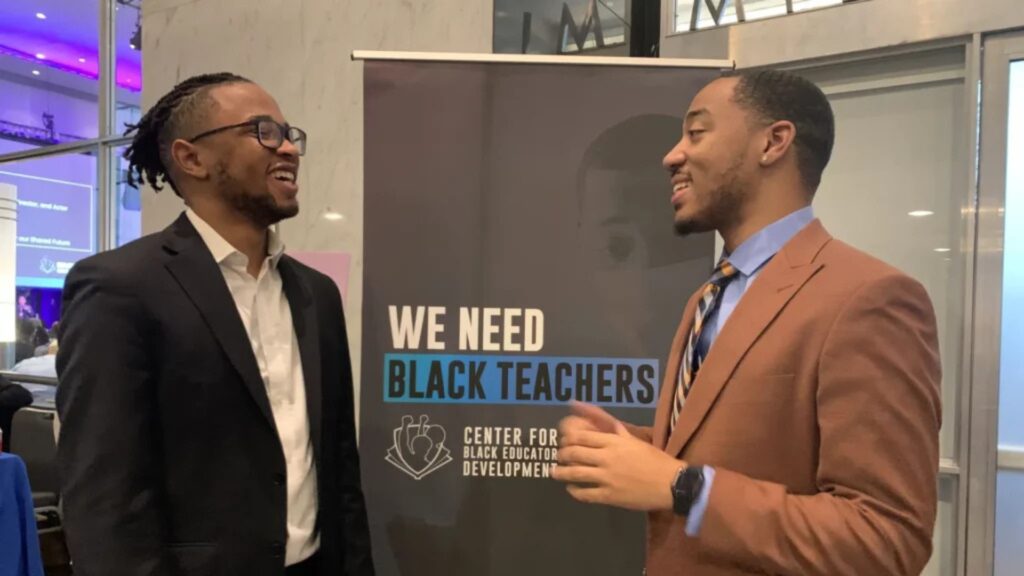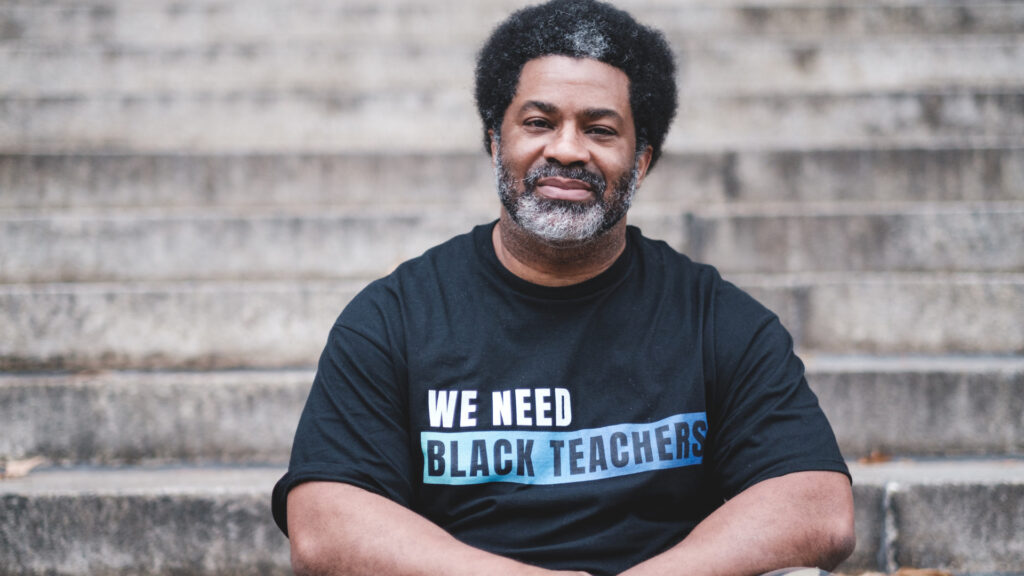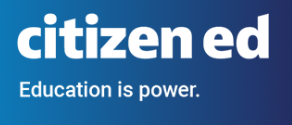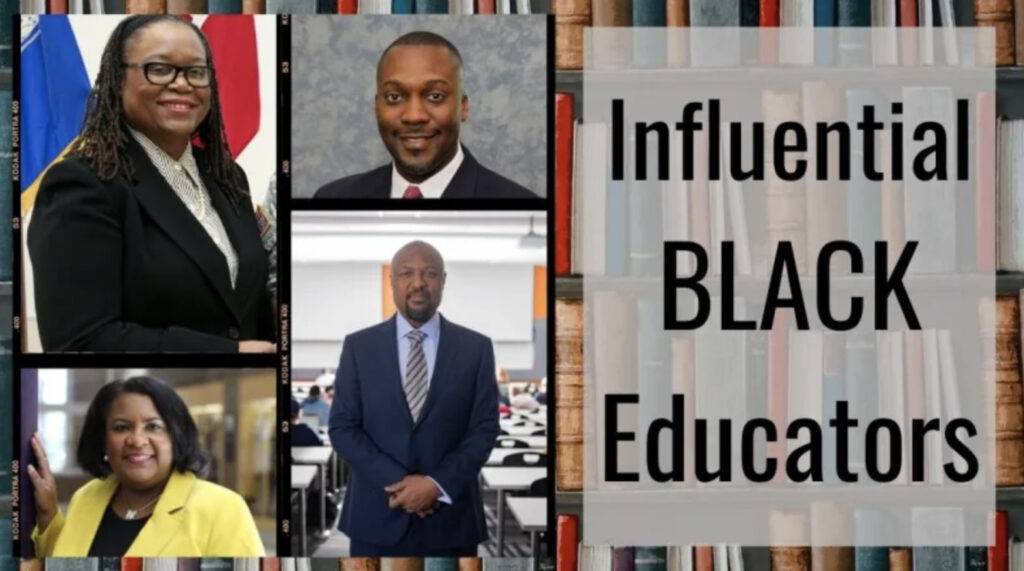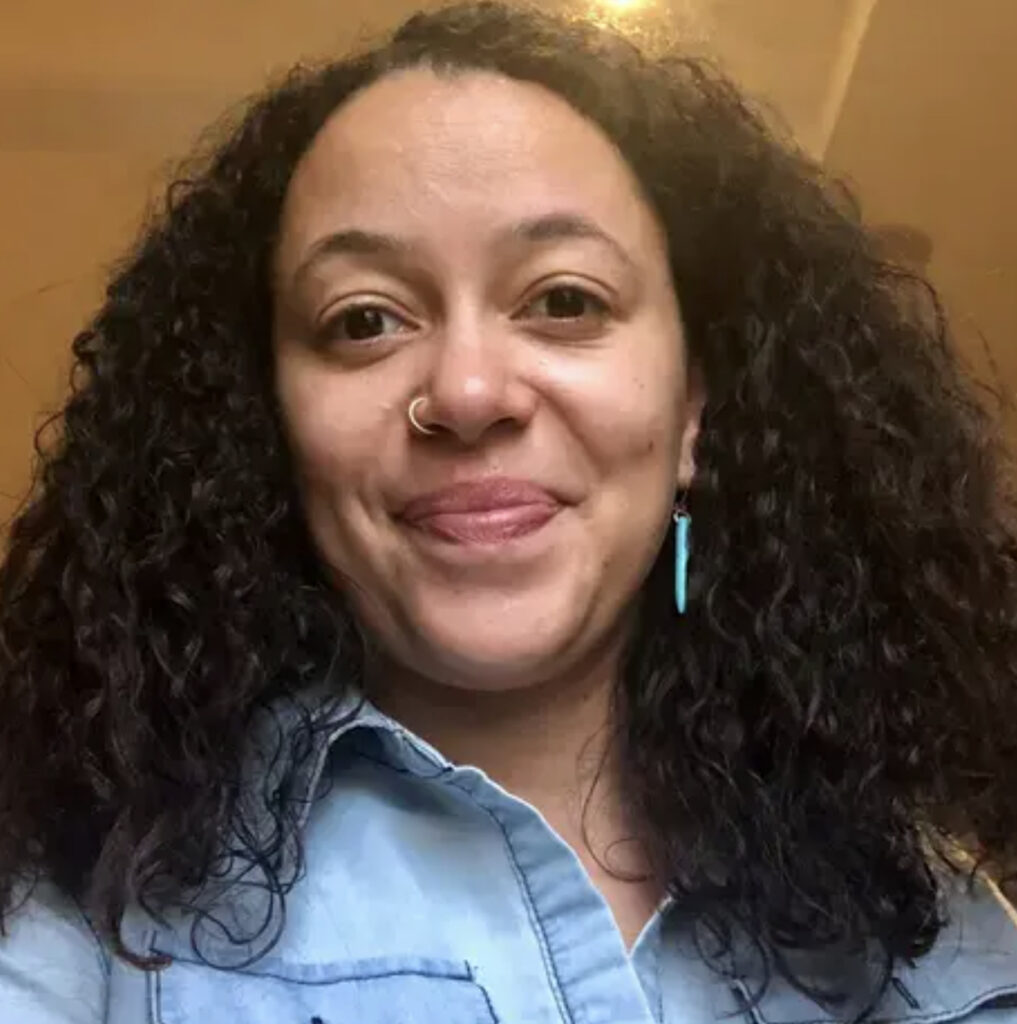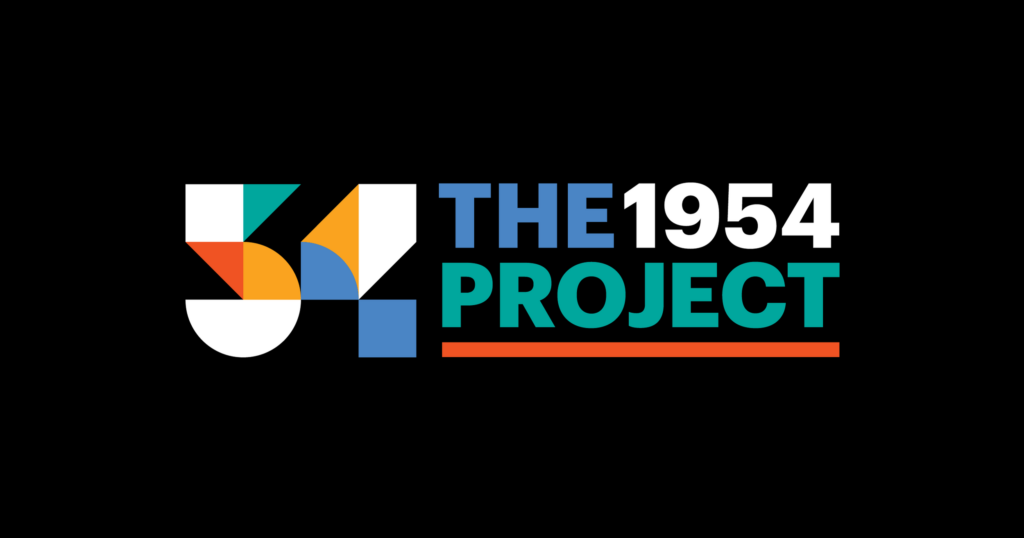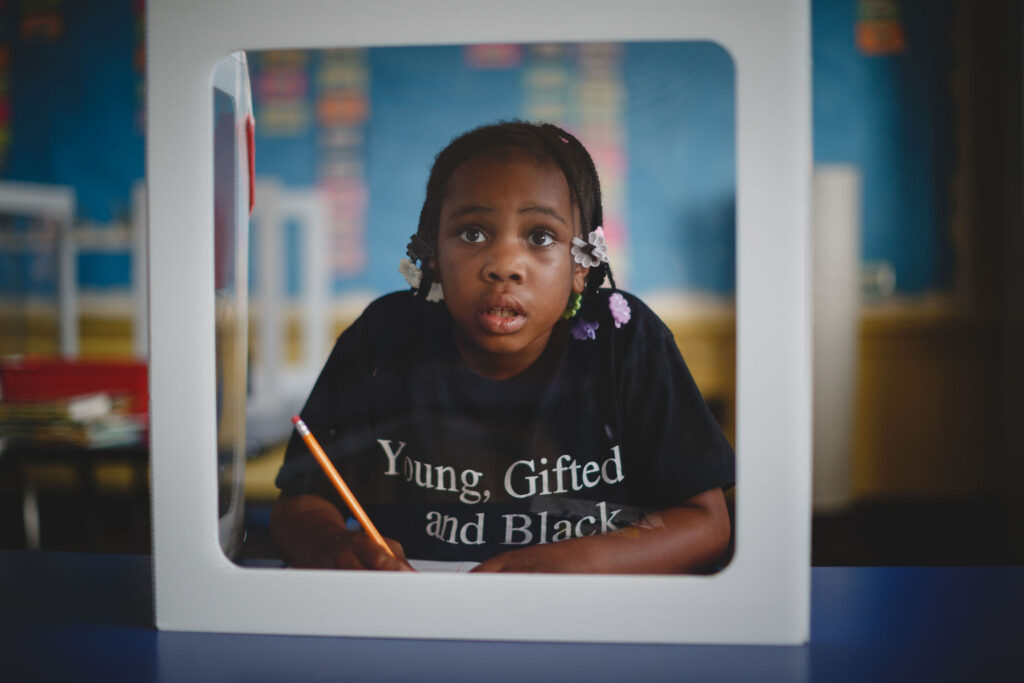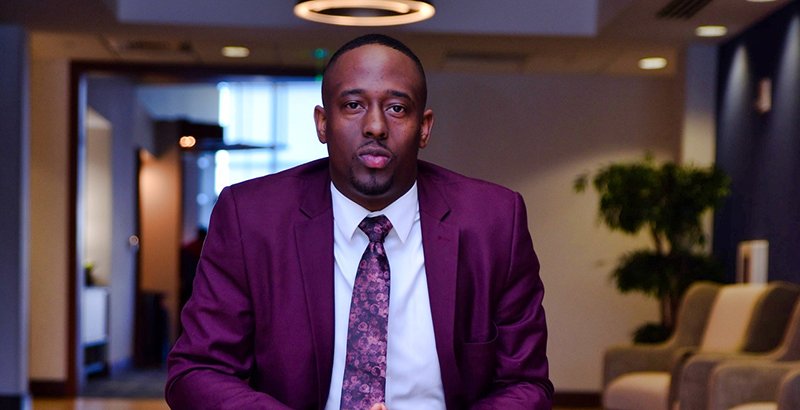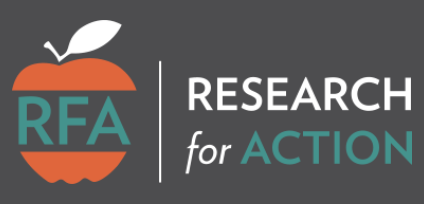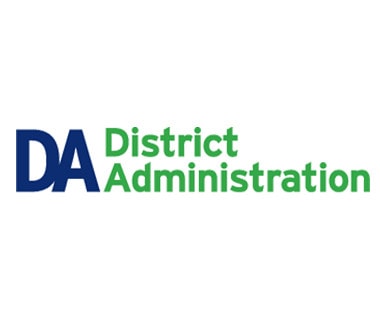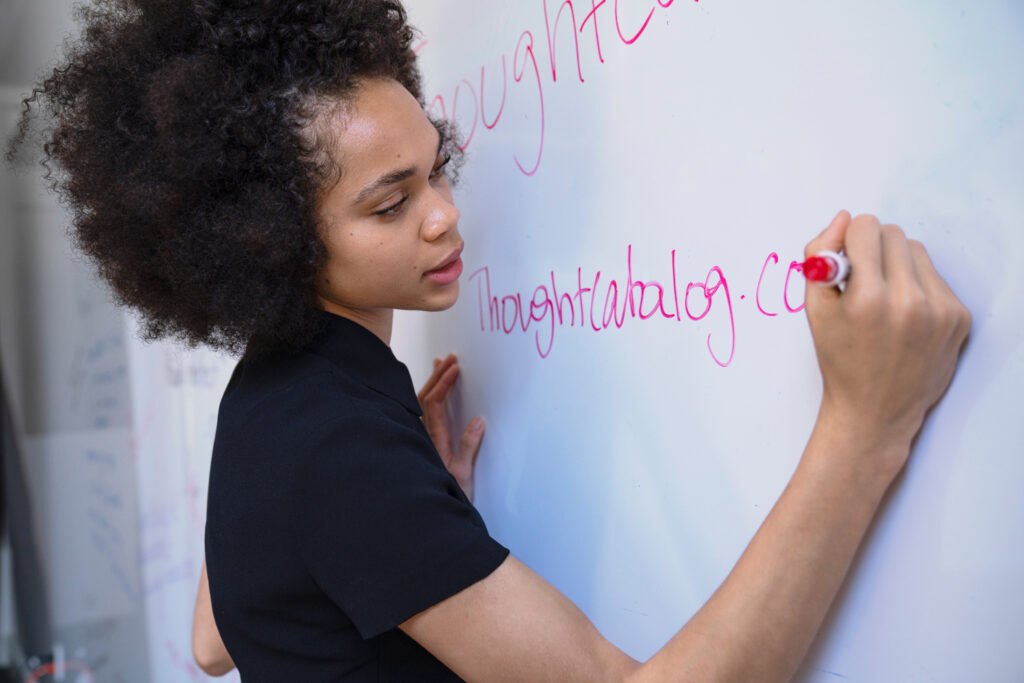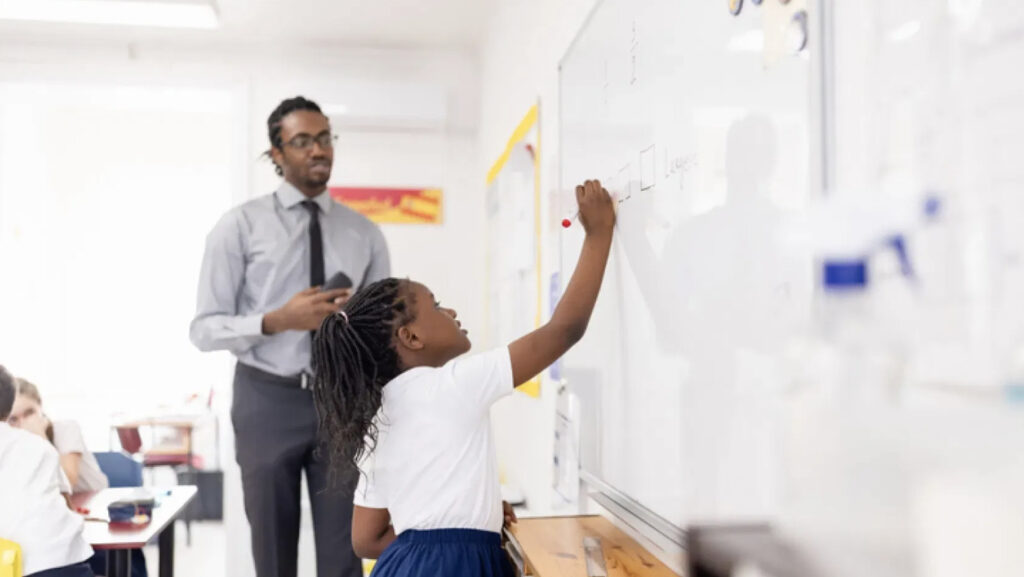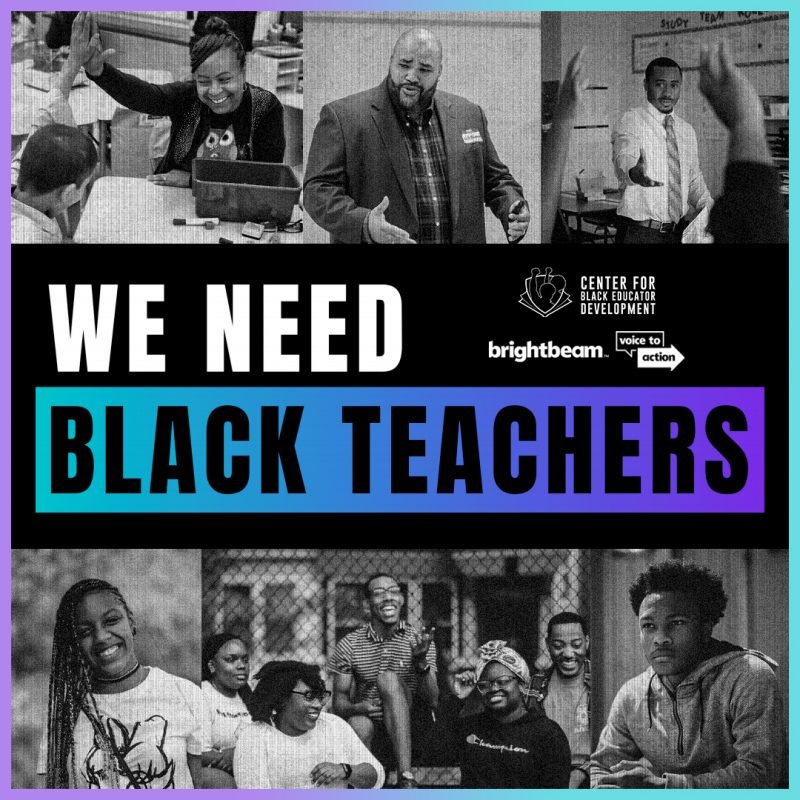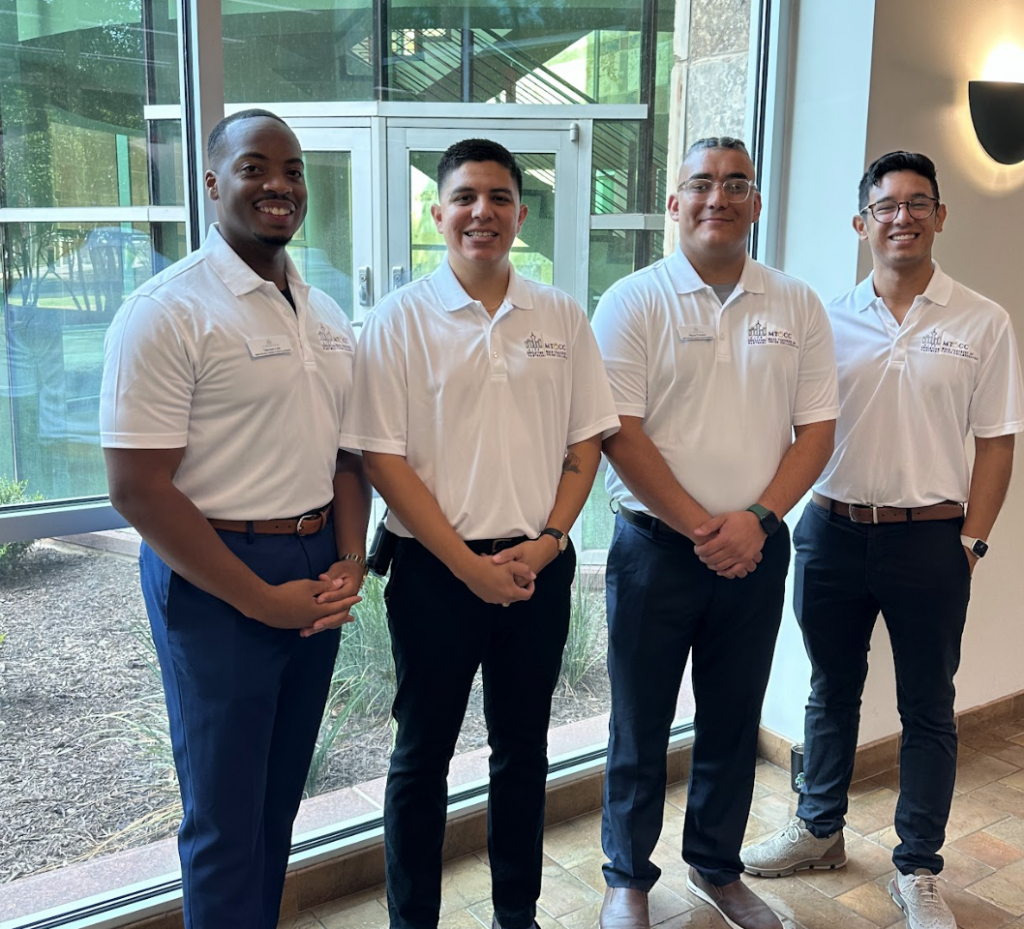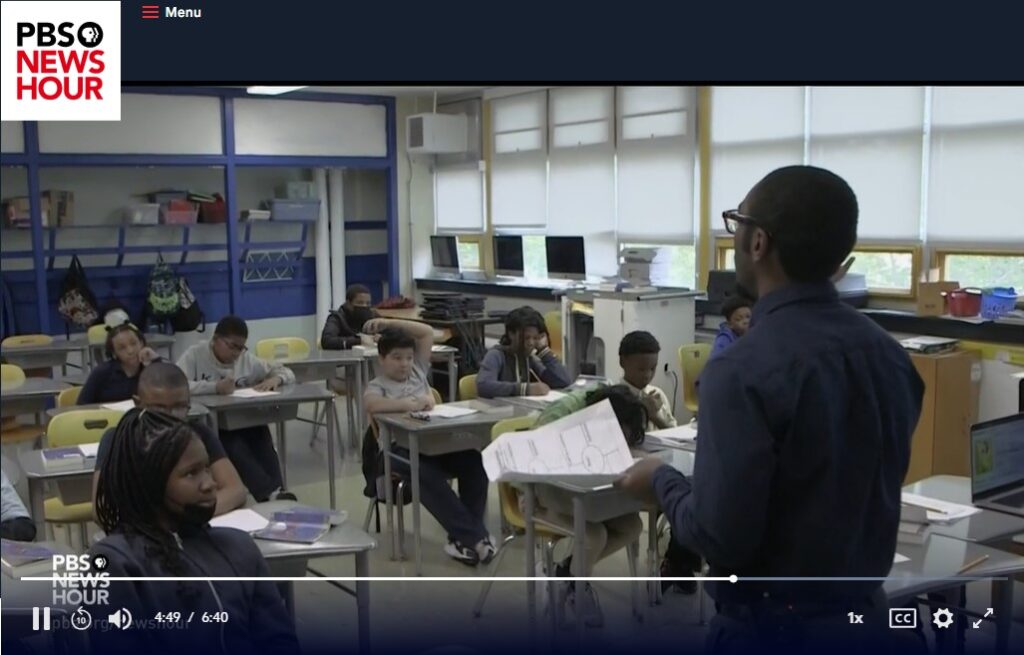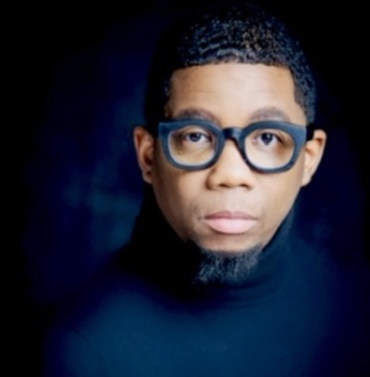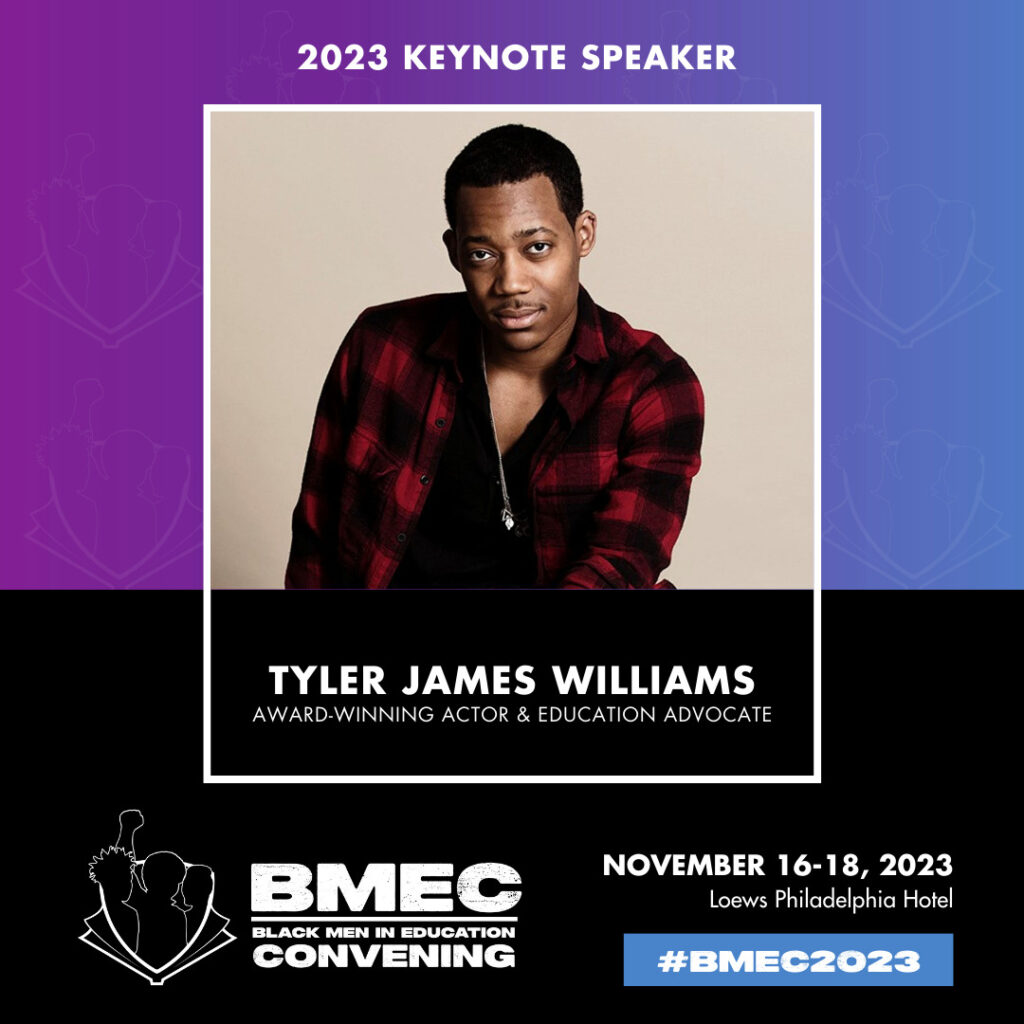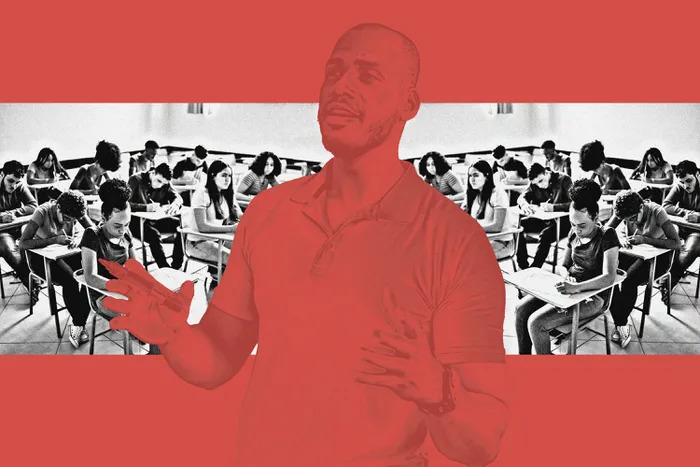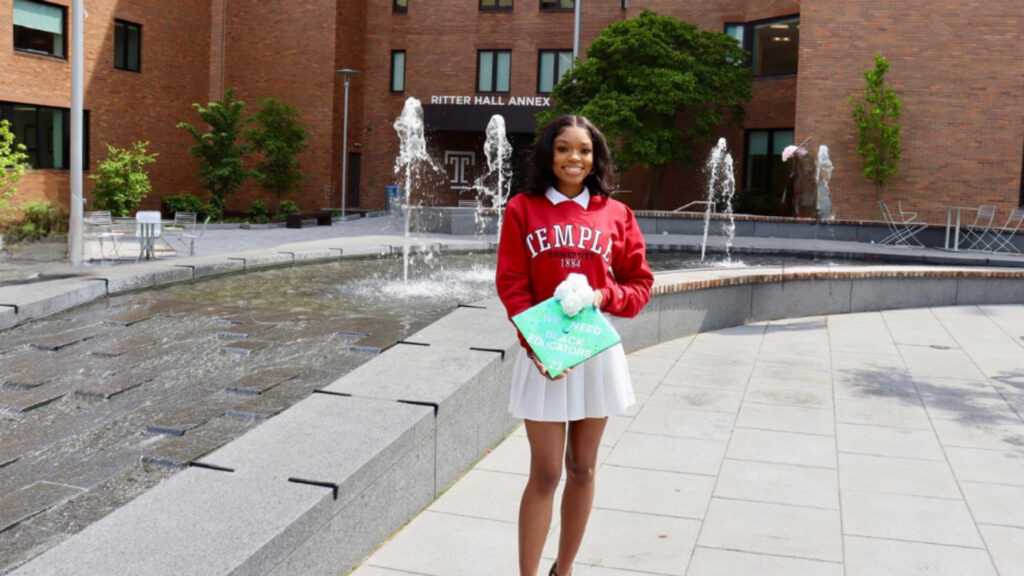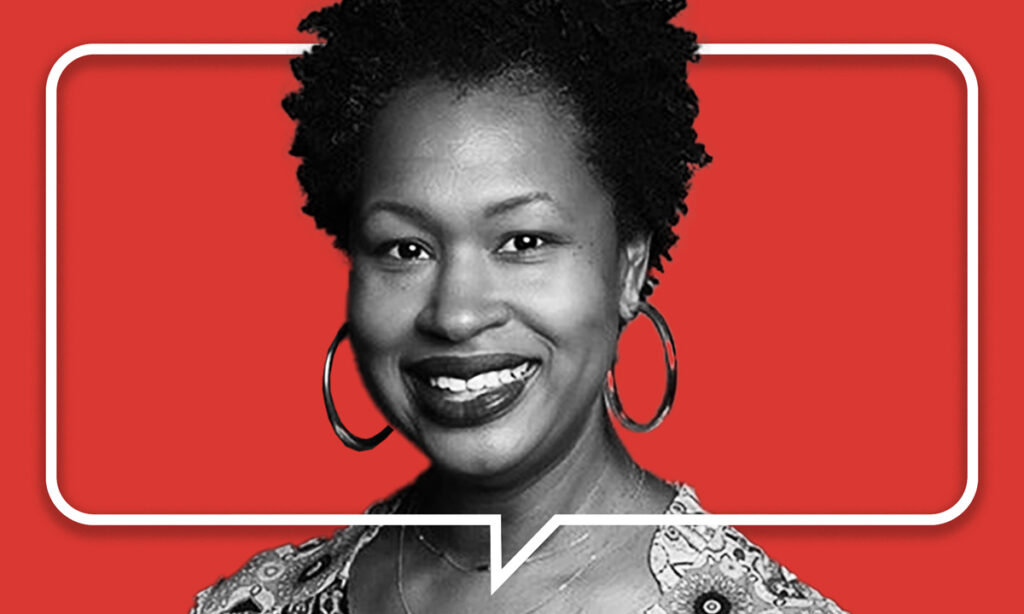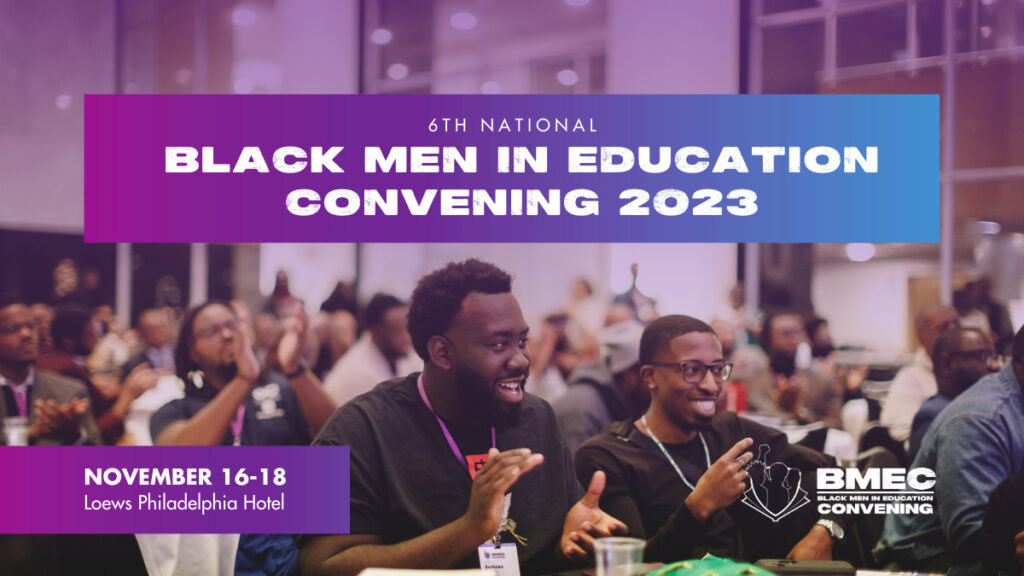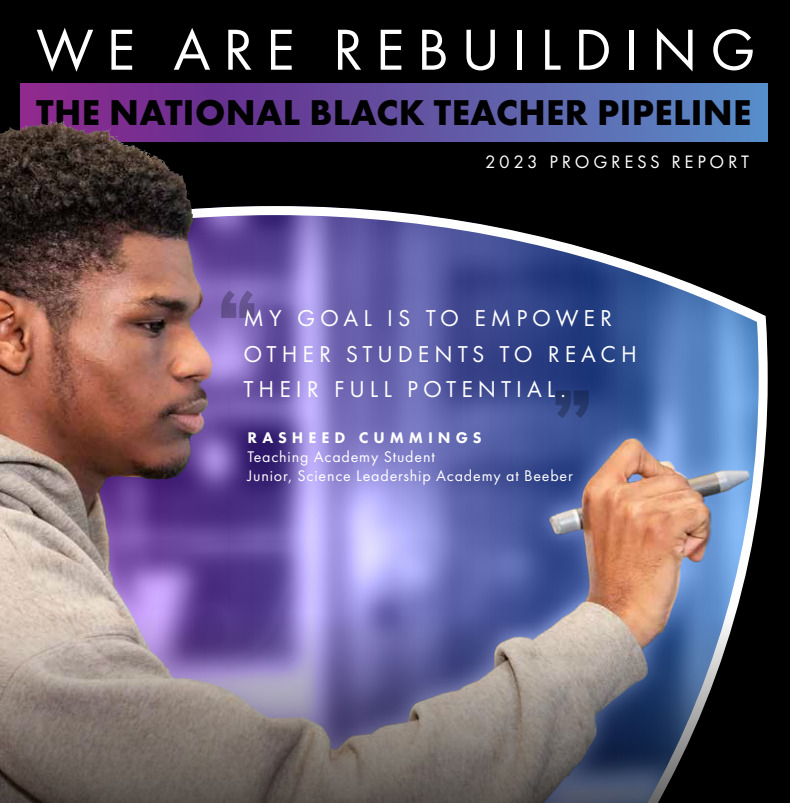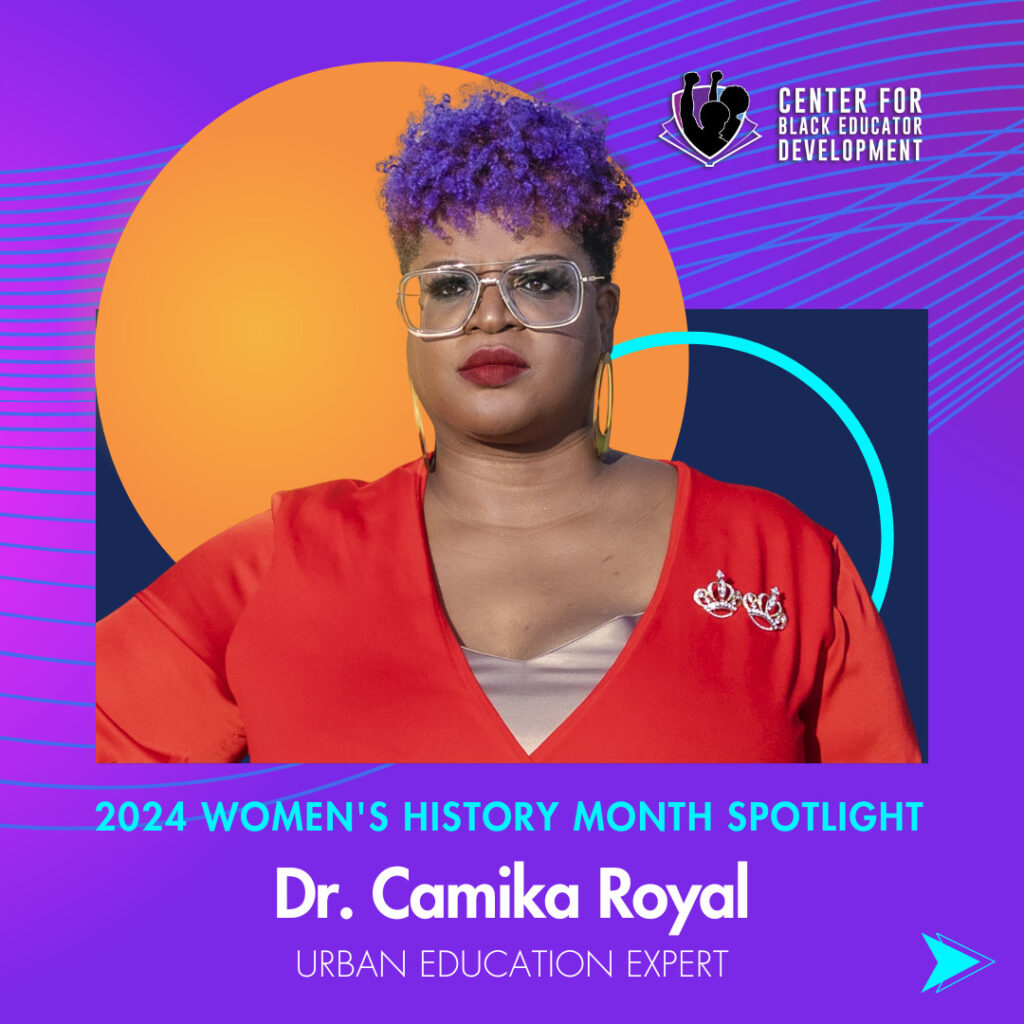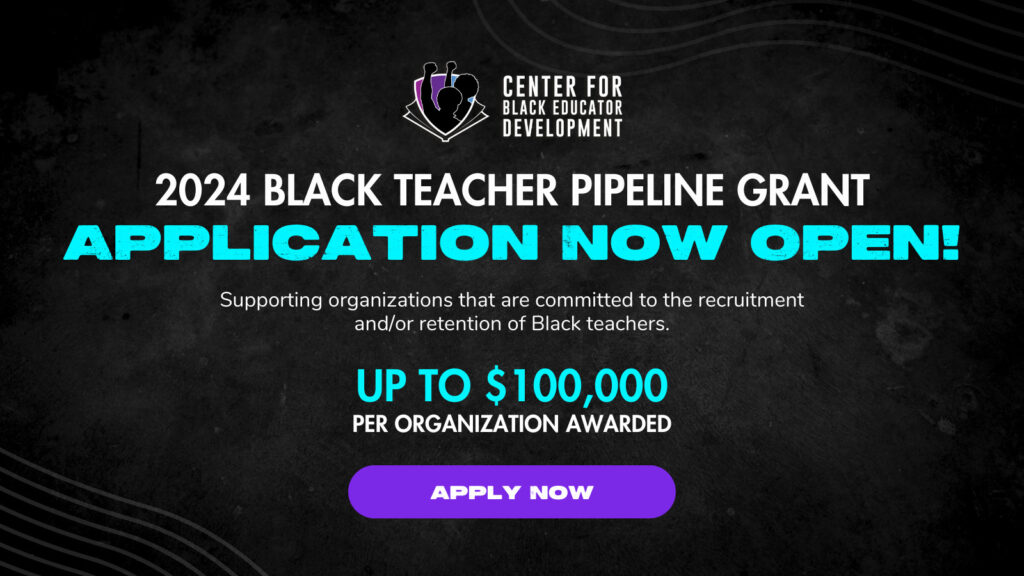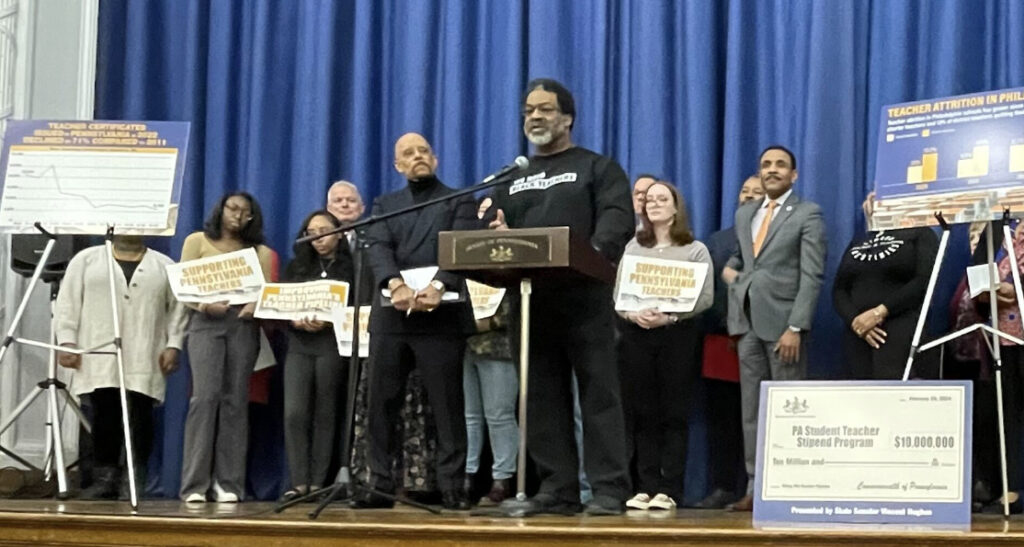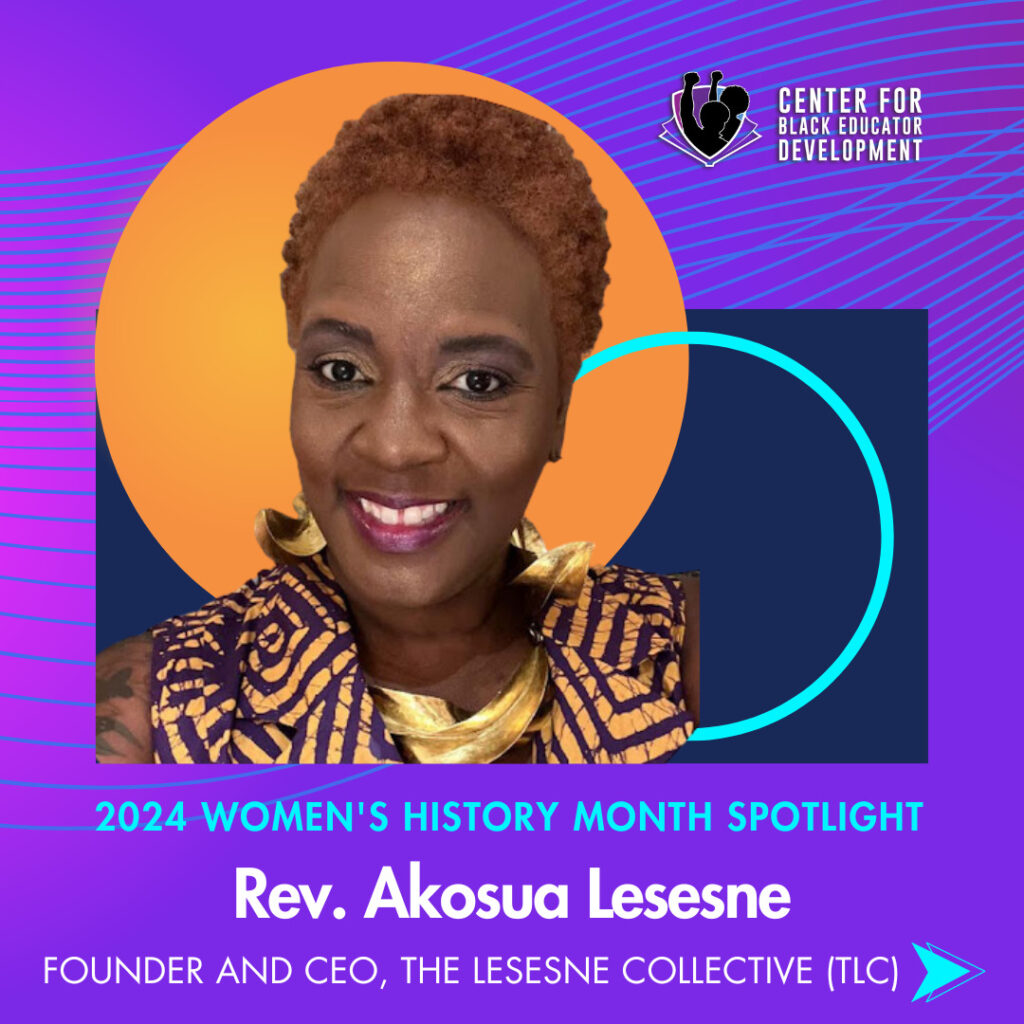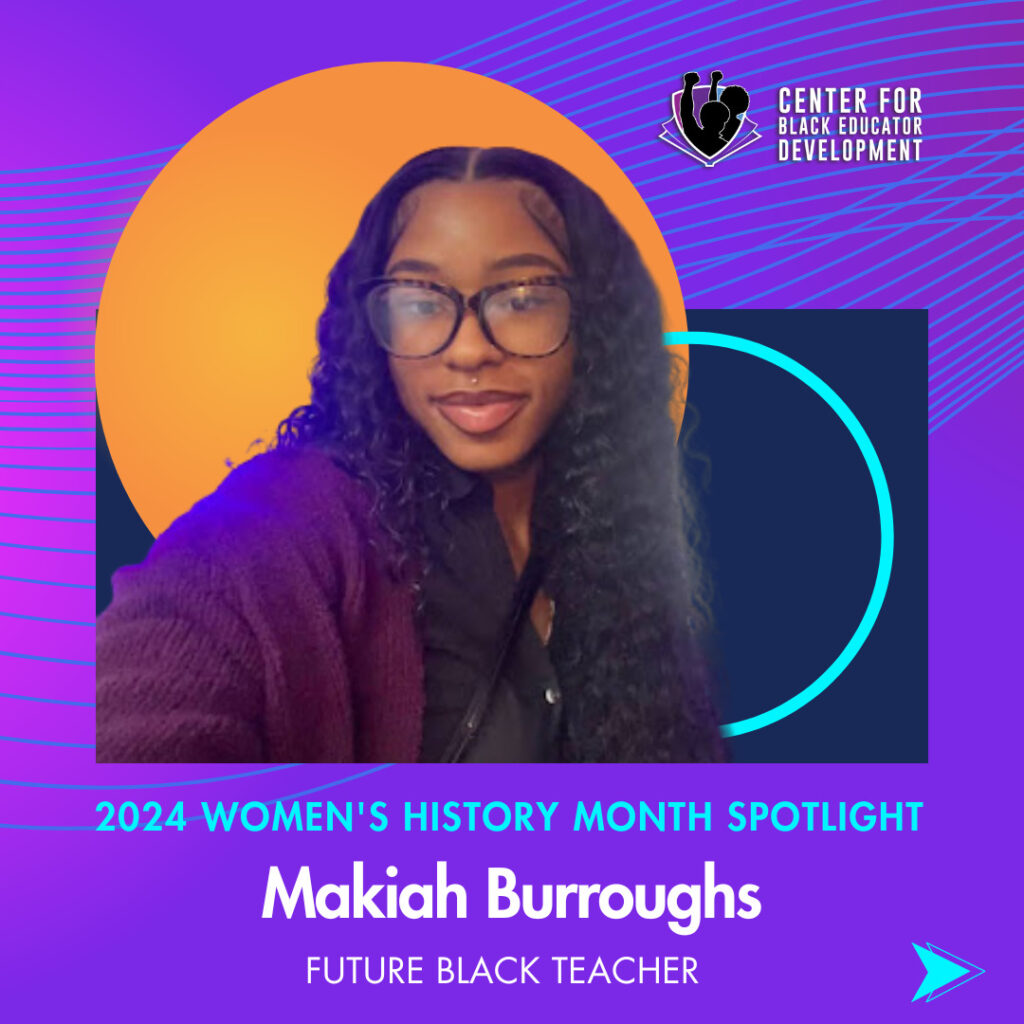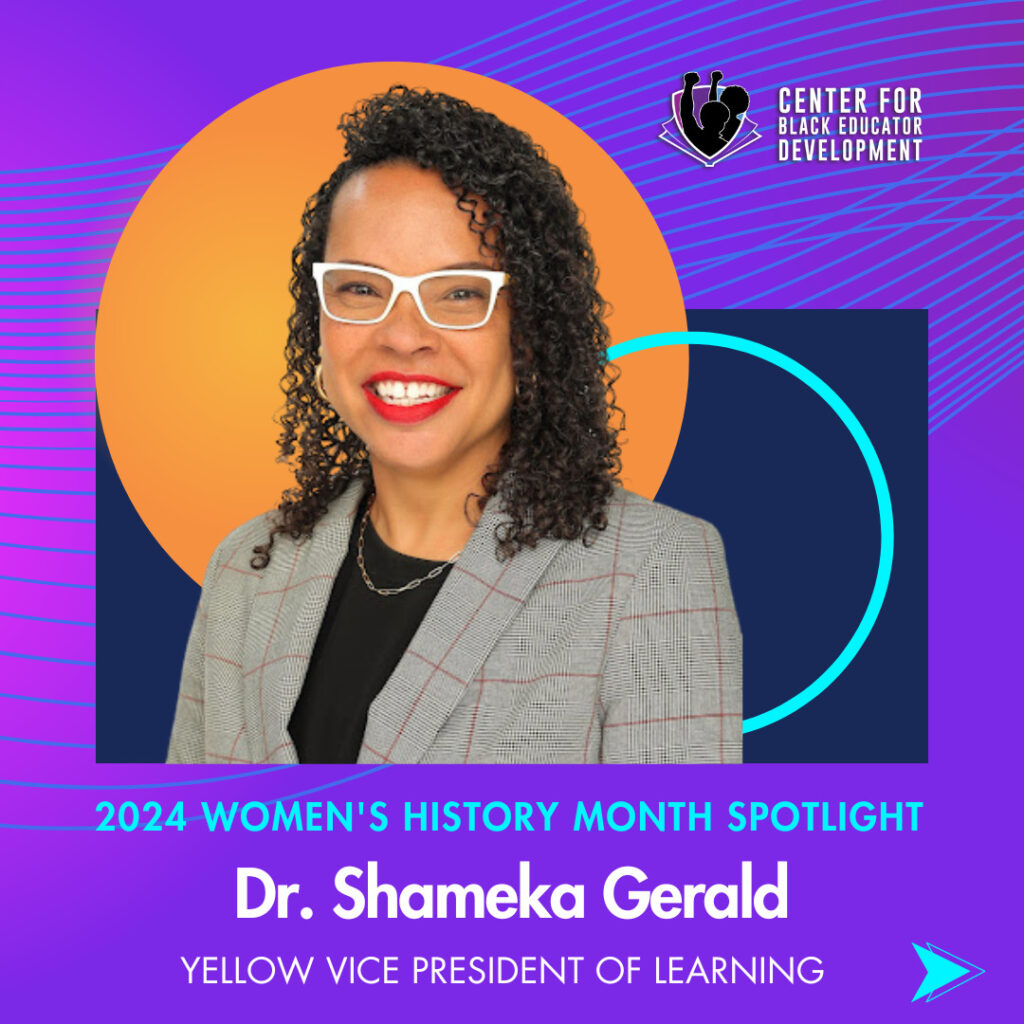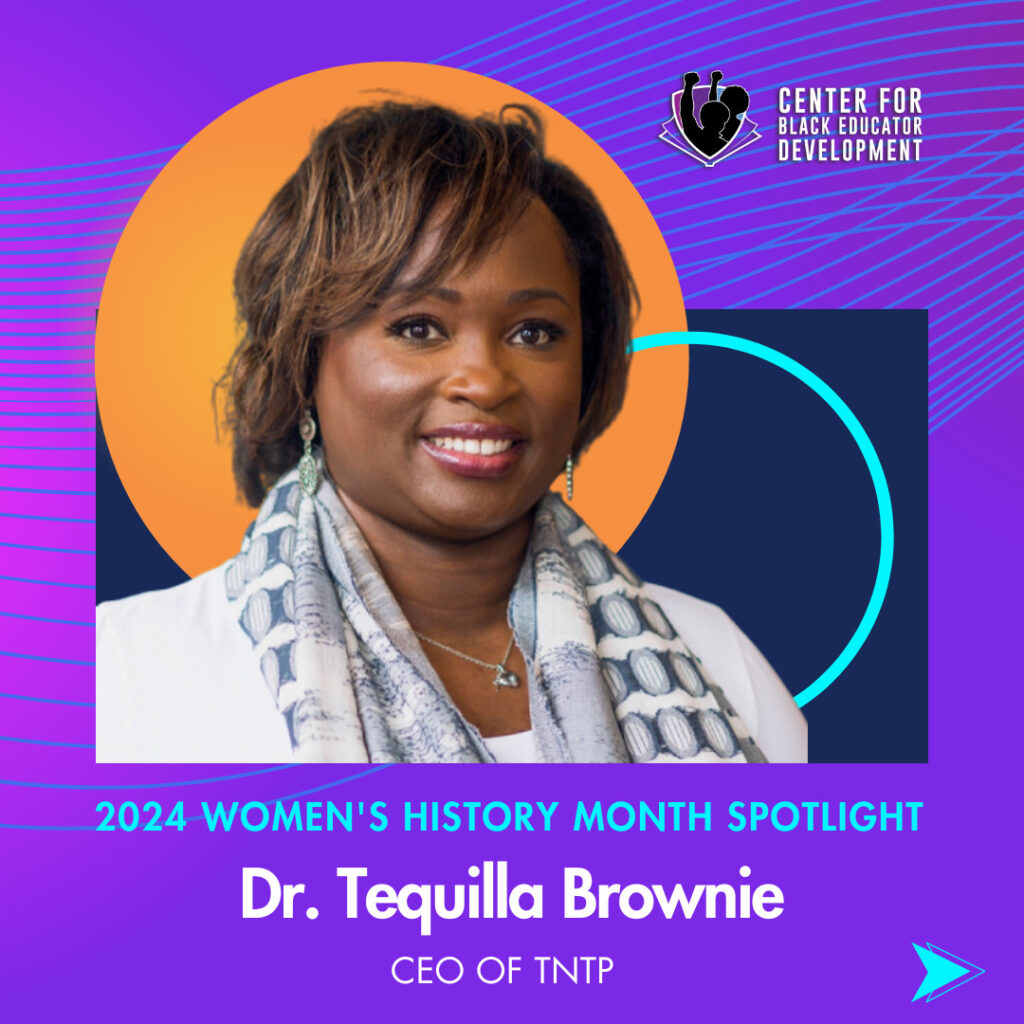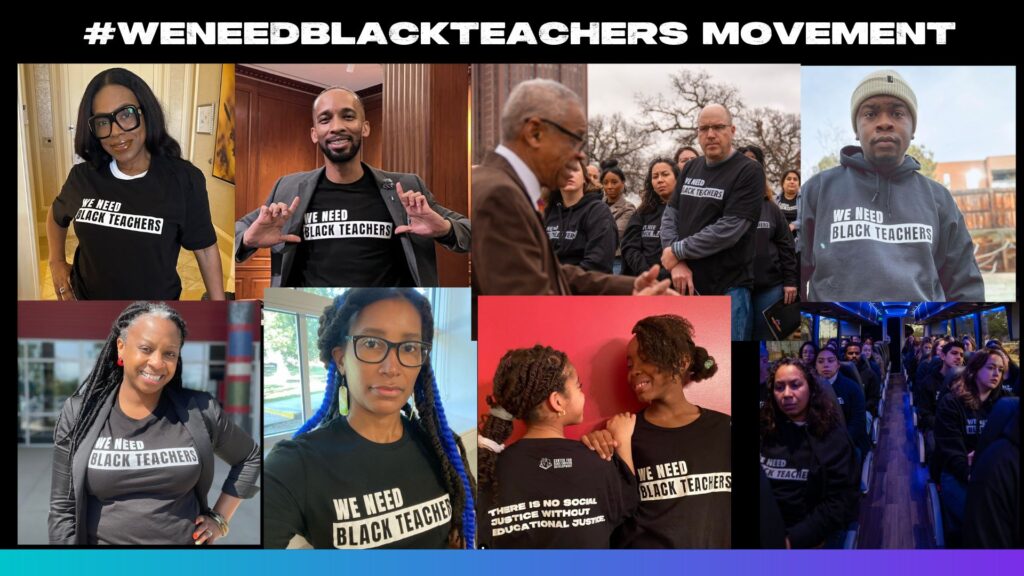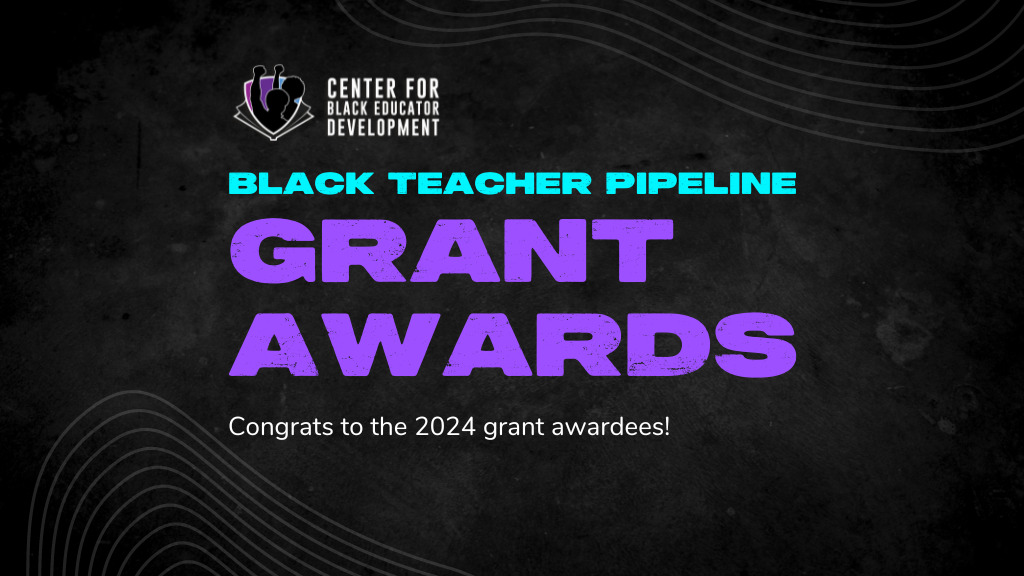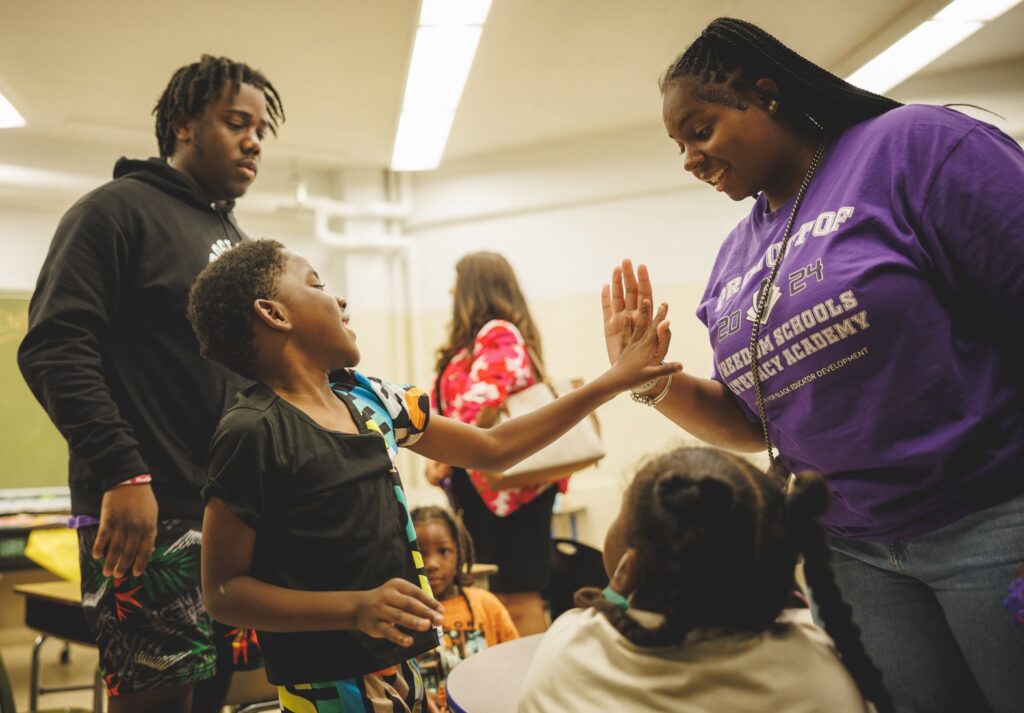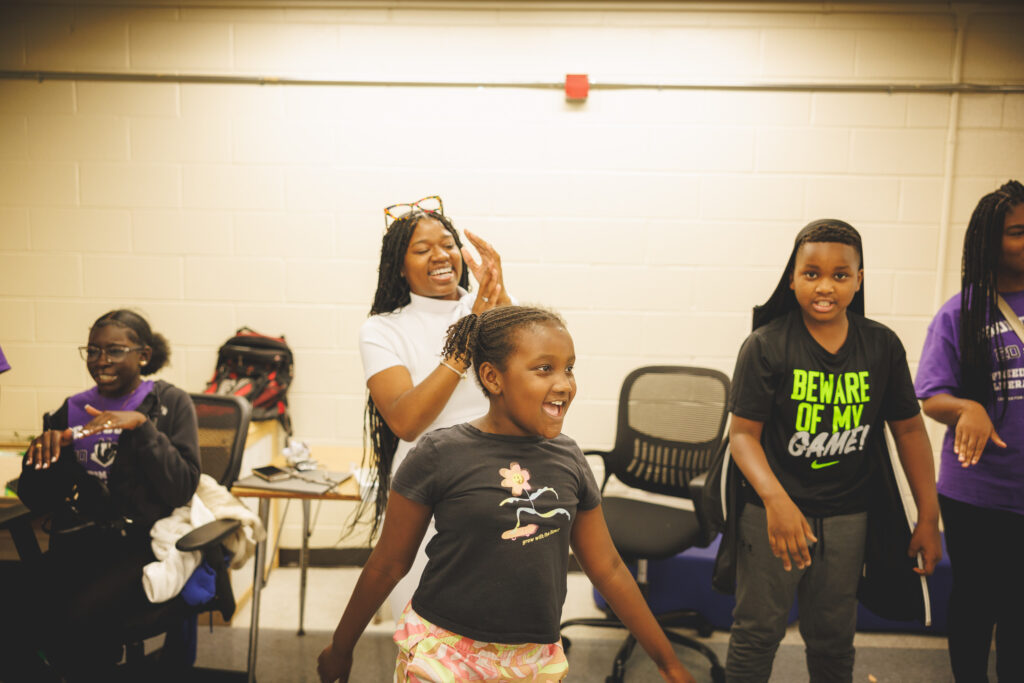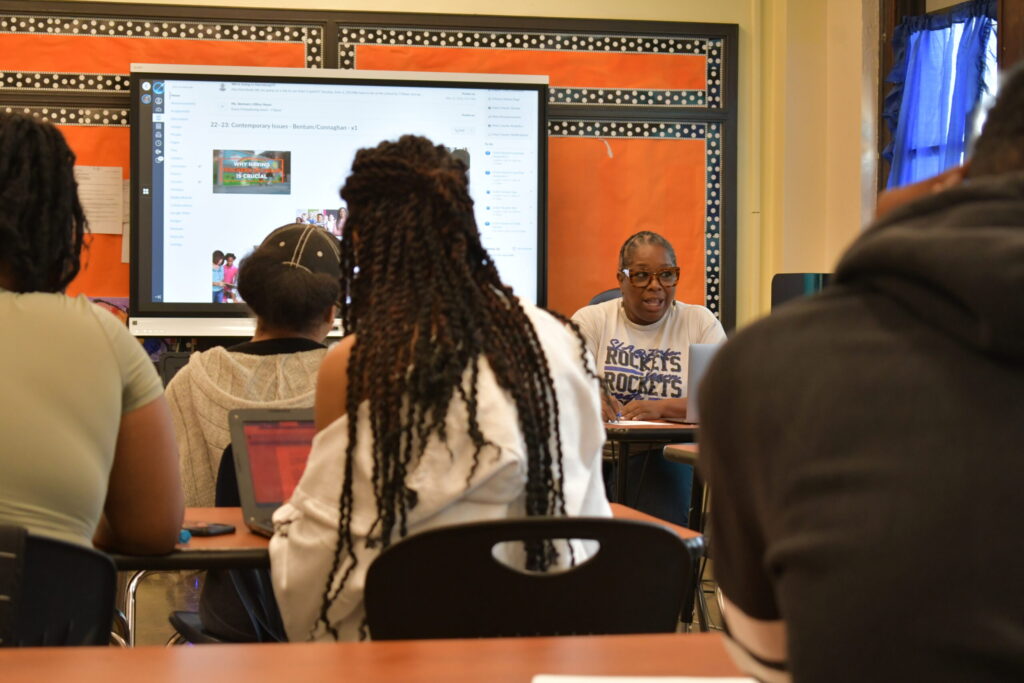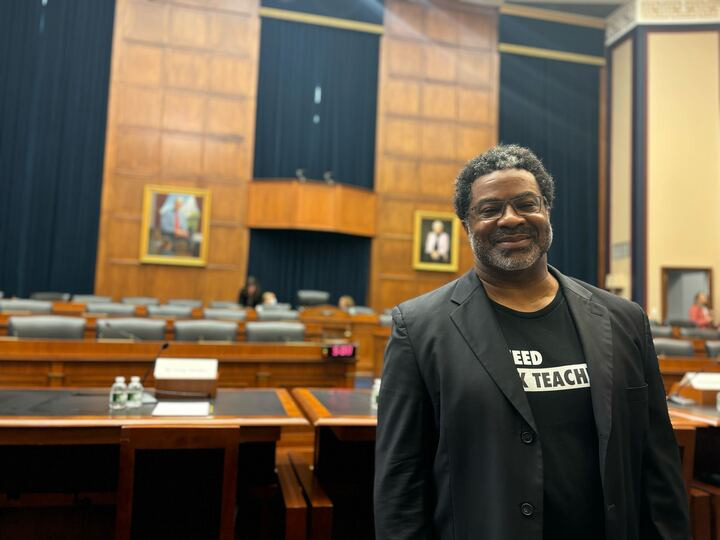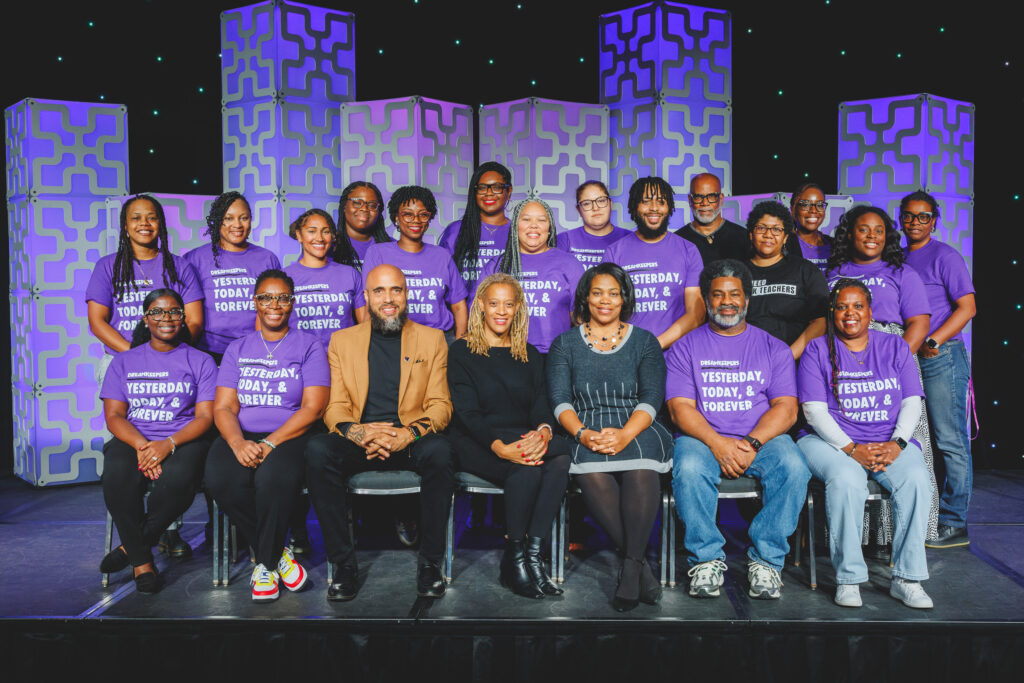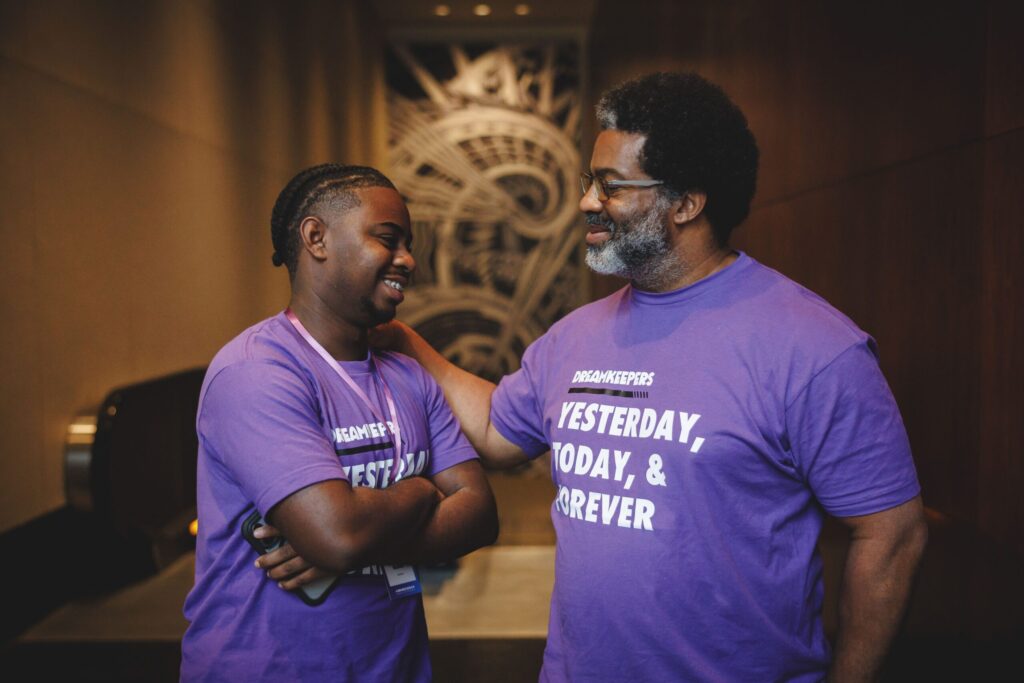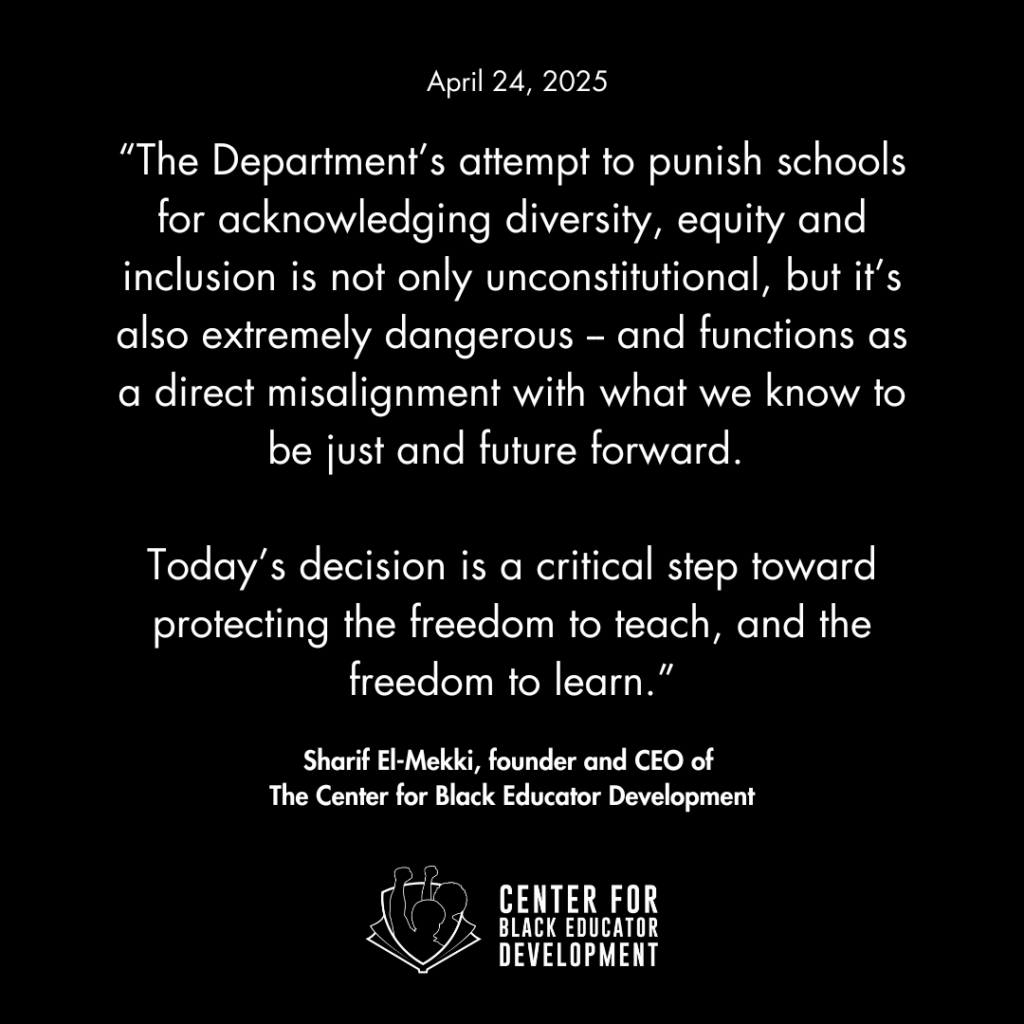Pa. principals are quitting in record numbers, and I know why
Principals are leaving our schools at record numbers. To reverse this dangerous trend, we need to offer them more opportunities for mentorship and professional development.

by Sharif El-Mekki, For The Inquirer
July 17, 2023
Philadelphia is home to roughly 200 principals who run our public schools. And they have an enormous influence on their students.
Principals occupy a unique position — as school leaders, they have a direct impact on every teacher, which in turn has a direct impact on every student. The breadth and scale of impact of principals is profound.
Too many people grossly underestimate the impact a school leader has on their community. The principal sets the tone and ethos of the school; you can tell the difference between a place that’s helmed by a fierce, determined, loving leader vs. one run by someone who is floundering or phoning it in. The teachers feel it. The students feel it.
Unfortunately, our nation’s public schools have too often treated the development and support of their school leaders as an afterthought. We’re seeing the effects of that now. A new analysis by Penn State found that Pennsylvania principals are leaving schools at higher-than-ever rates; more than 15% quit within one year.
The role of principals has been debated in our community lately, as Girls’ High principal Lisa Mesi was replaced — at least temporarily — after a graduate didn’t receive her diploma after she danced across the stage.

Alejandro A. Alvarez / Staff Photographer
Too many of our principals are likely struggling because we don’t invest enough time and energy into their professional development. We have an opportunity to change that.
As a former principal myself, I know how transformational support and coaching for principals can be.
During my career, I was mentored by several leaders, such as Charles D’Alfonso at John P. Turner Middle School and Vernadine Cartwright, who eventually succeeded D’Alfonso at Turner and elevated me to an assistant principal position. These mentors made sure I knew how to navigate the district, showed and modeled effective leadership and strategies, and were my phone-a-friend when the stress of the role surged. I also turned to Black leaders such as Salome Thomas-El — who became known as “Principal El” on The Dr. Oz Show — and Hilderbrand Pelzer III.
I became a great teacher and principal because of great models like Yvonne Savior, an absolute legend of an educator who was Pennsylvania’s Teacher of the Year in 1994, and later became a district administrator and principal coach. She helped me understand the details that mattered as a principal — how to be firm in my convictions, adaptable in my tactics, and always approach the work as a servant leader, someone who is both bold and humble and prioritizes educational and racial justice.
That combination of flexibility in thinking and steadfastness in values became a central tenet of my 16-year school leadership journey. And it was, in so many ways, thanks to Mrs. Savior that I was able to succeed.
I was also fortunate to be part of the inaugural Principal Ambassador Fellowship program at the U.S. Department of Education in 2013, during which then-Secretary of Education Arne Duncan invited us to provide feedback to his cabinet and conduct outreach to hundreds of principals. It was during this program that I learned how important mentorship and coaching are to principals, and how few principals have access to these resources.
The mass exodus of local principals is a message to us all that our principals need more.
We should invest in principal professional development, just like we do teacher professional development (which in itself is often wanting). It should be an assumed investment, part of the baseline, and never a “nice to have.”
This isn’t a massive, unwieldy undertaking.
This isn’t a massive, unwieldy undertaking. We could fit all 200-some-odd Philadelphia school principals in the auditorium of a small elementary school. Thinking even more expansively, we could get all 100,000-plus U.S. principals into Penn State’s Beaver Stadium. That’s how tangible the number of school leaders really is — not some unreachable mass, but a quantity that we can know and help individually if we make it a priority.
But once we have them as a captive audience, what do we do about their development?
First, we need to be more intentional about how we develop our school leaders. That starts with education preparation programs and goes all the way through how we induct and mentor early career educators. We need to provide teachers with leadership opportunities that allow them to try, fail, and improve so that they develop the skills and abilities they’ll need in positions of greater responsibility.
We could schedule leadership training during the summer and set up mentorship channels that continued during the school year, so principals can connect with each other and ask for help when they need it.
There should be a plan to get mediocre leaders to improve, and good leaders to becomegreat. Schools and districts that have robust and aligned leadership development are able to undertake bigger and more impactful initiatives, serve students and the school communities more effectively, and continuously improve along the way.
Just imagine what would be possible if we really supported our school leaders. Imagine if we did it here. Imagine if we did it nationwide. The transformation would be profound.
Sharif El-Mekki leads the Center for Black Educator Development. He was a teacher and principal in the School District of Philadelphia and is the former principal of Mastery Charter School — Shoemaker Campus. He founded the Fellowship — Black Male Educators for Social Justice, is a member of the “8 Black Hands” podcast, and blogs at Philly’s 7th Ward.
